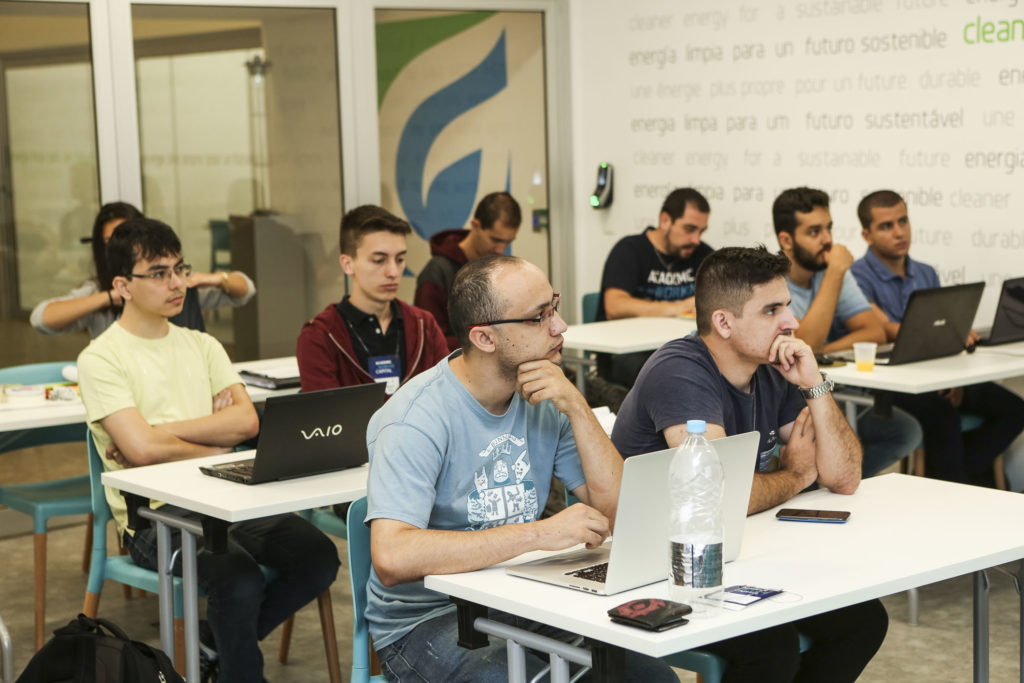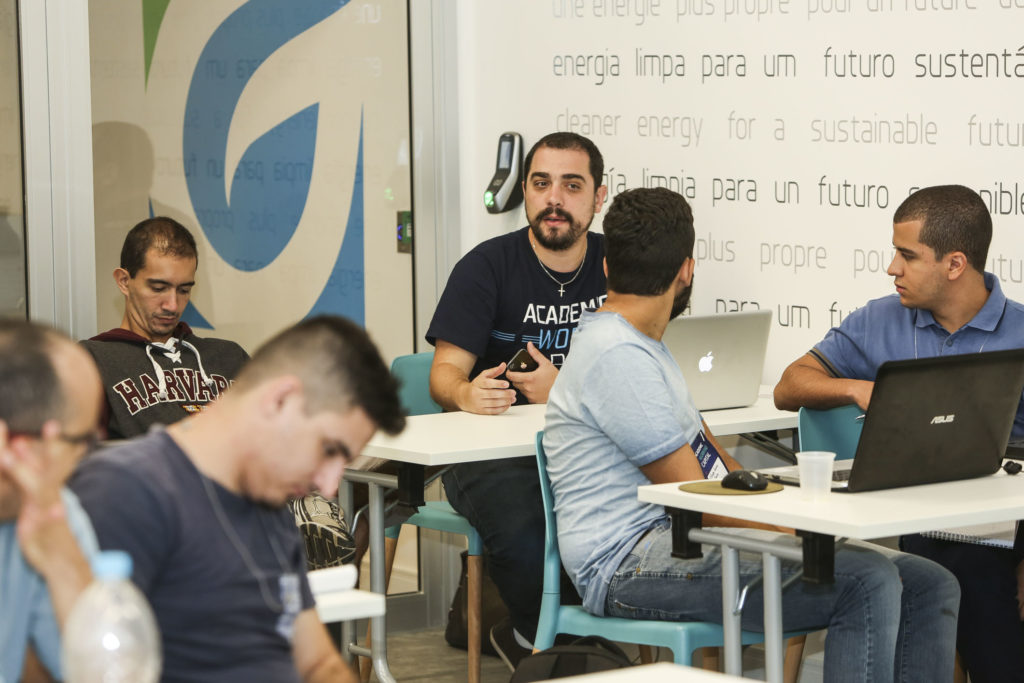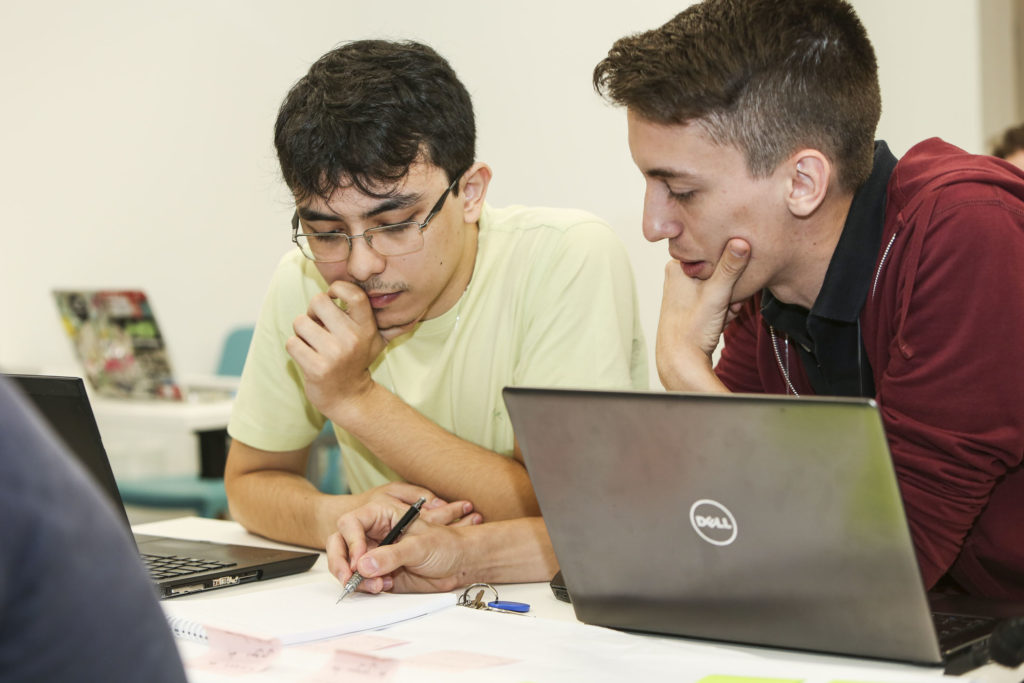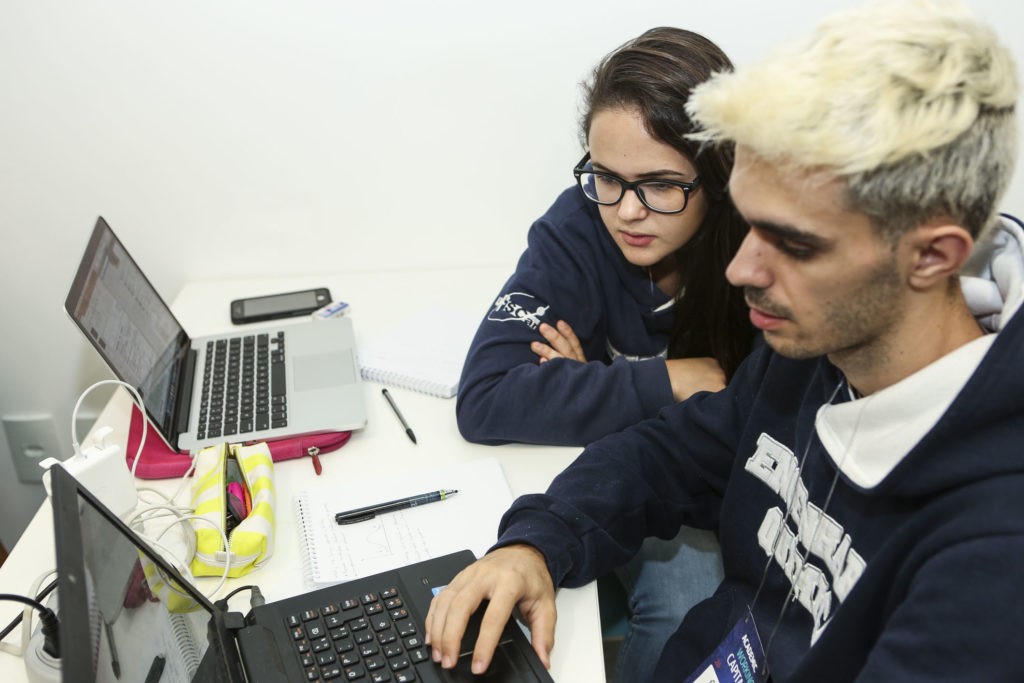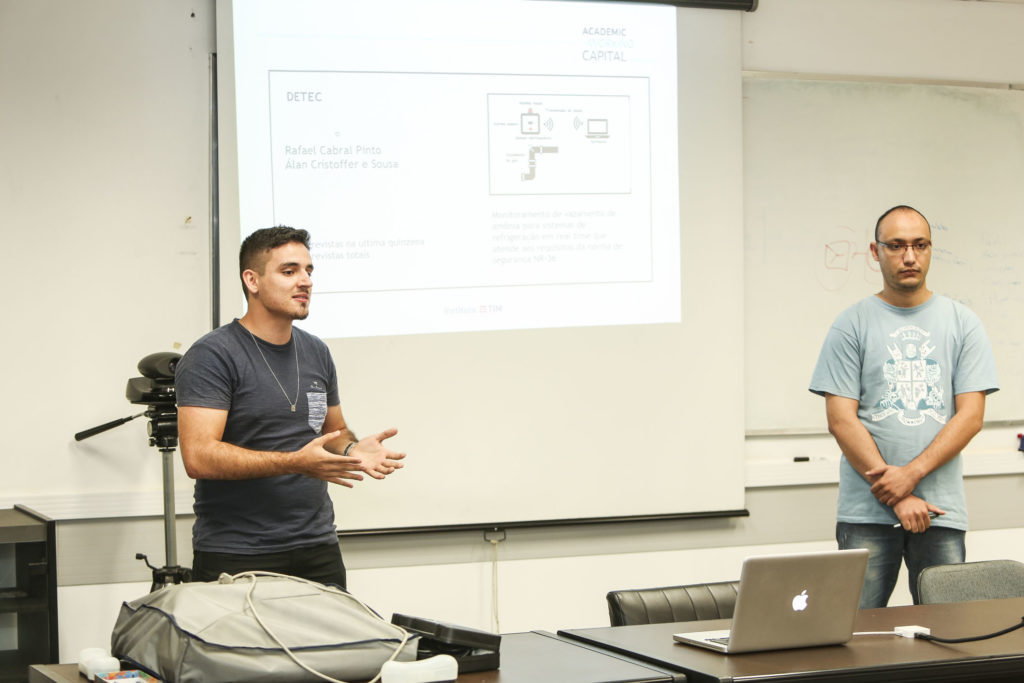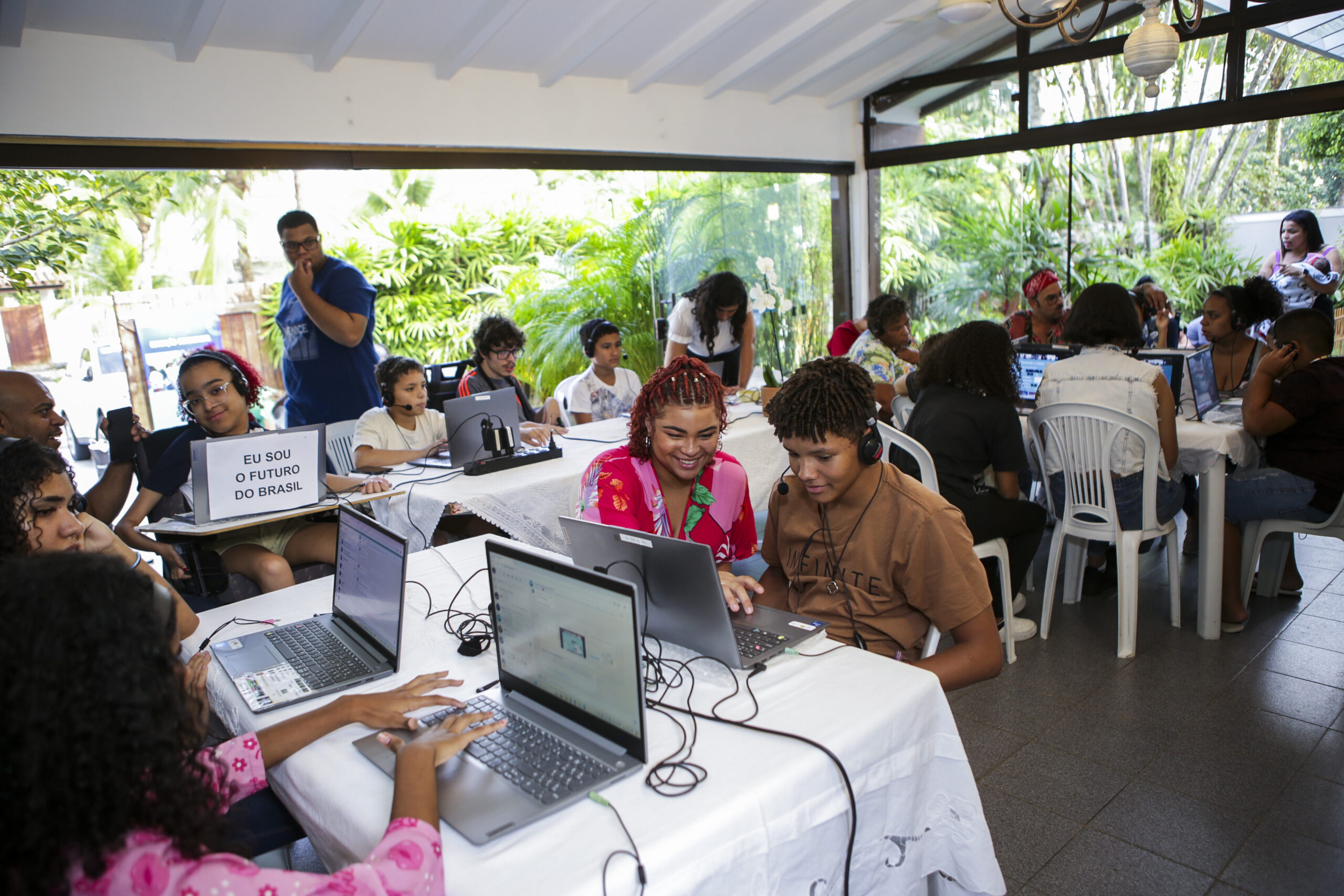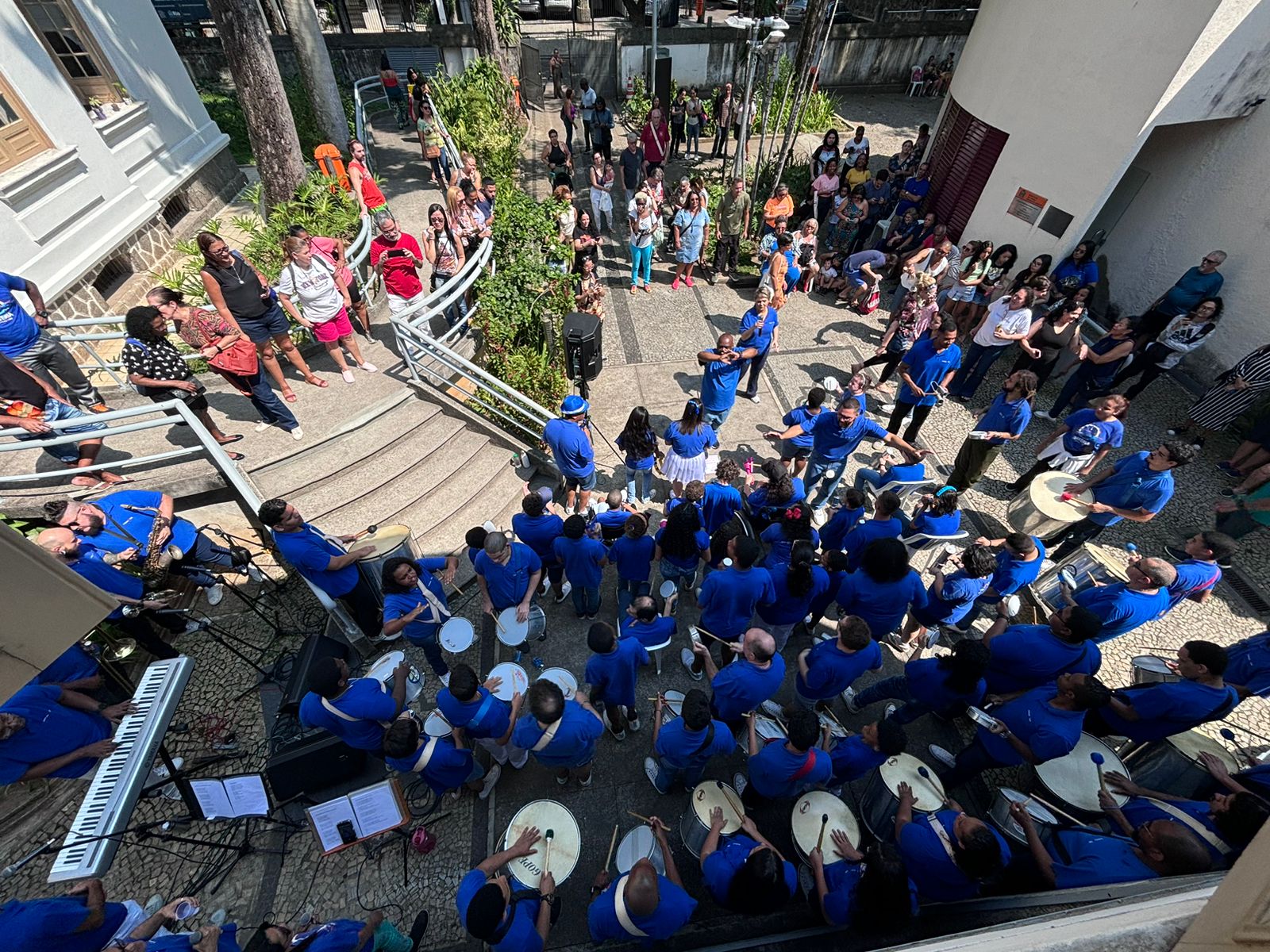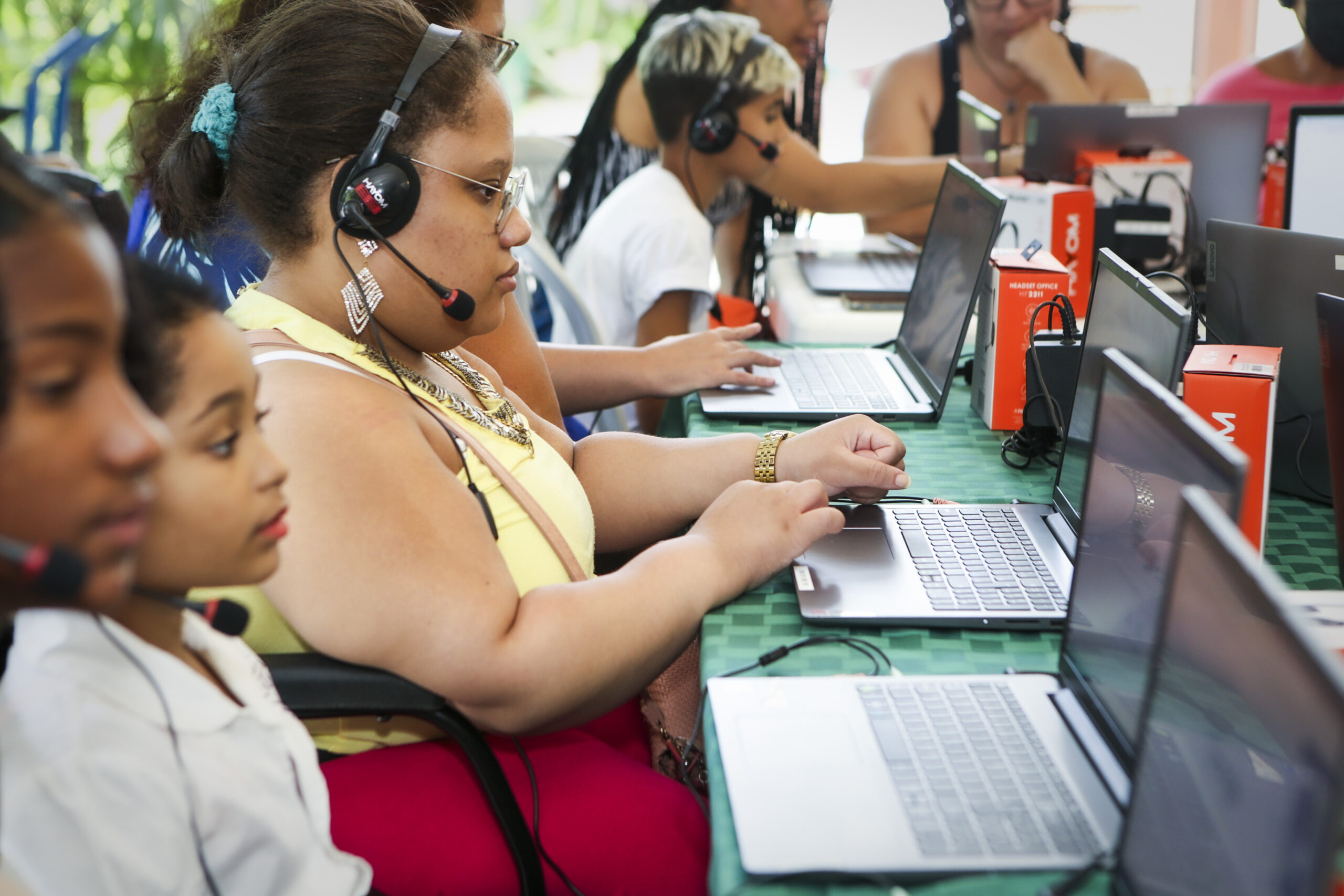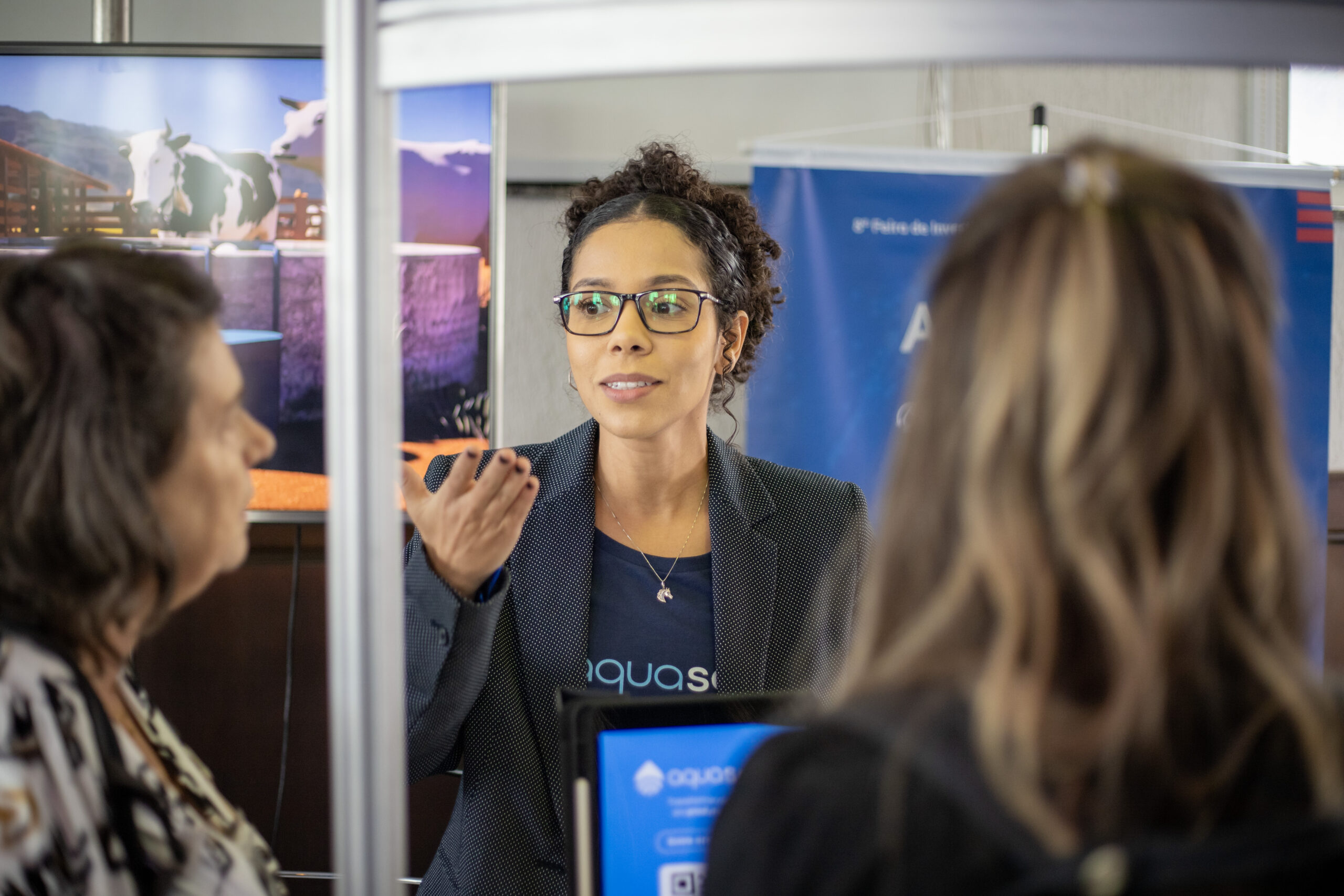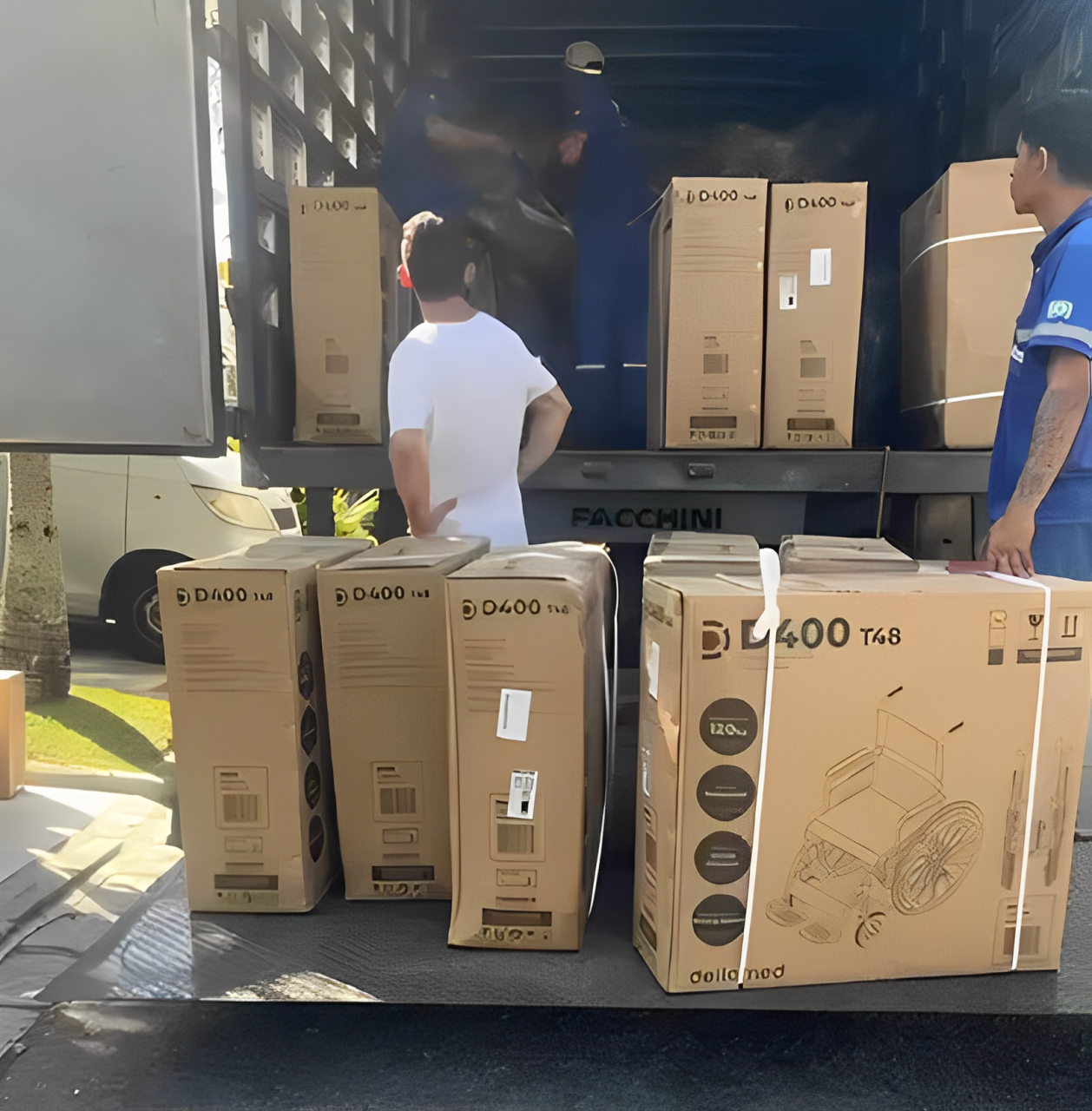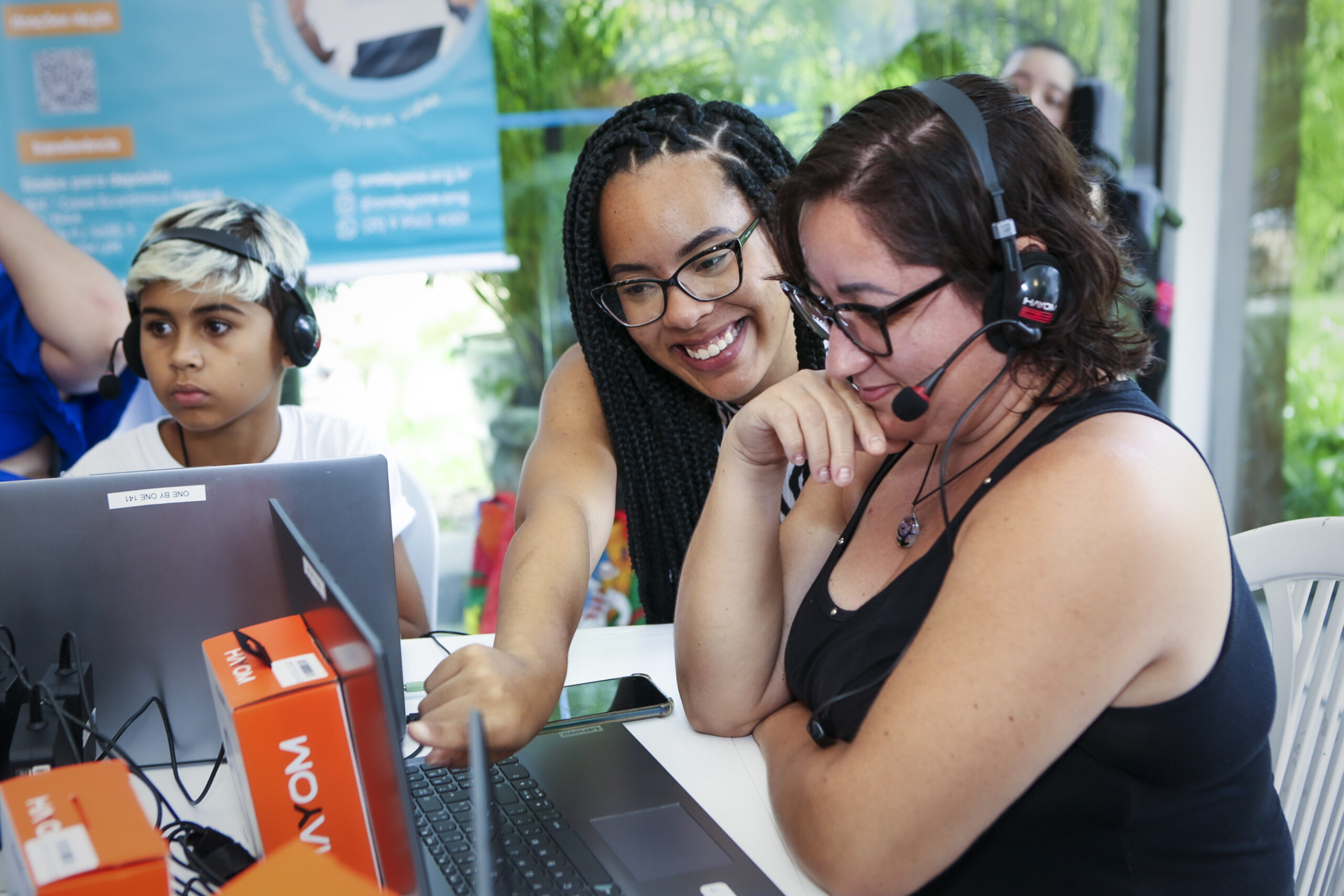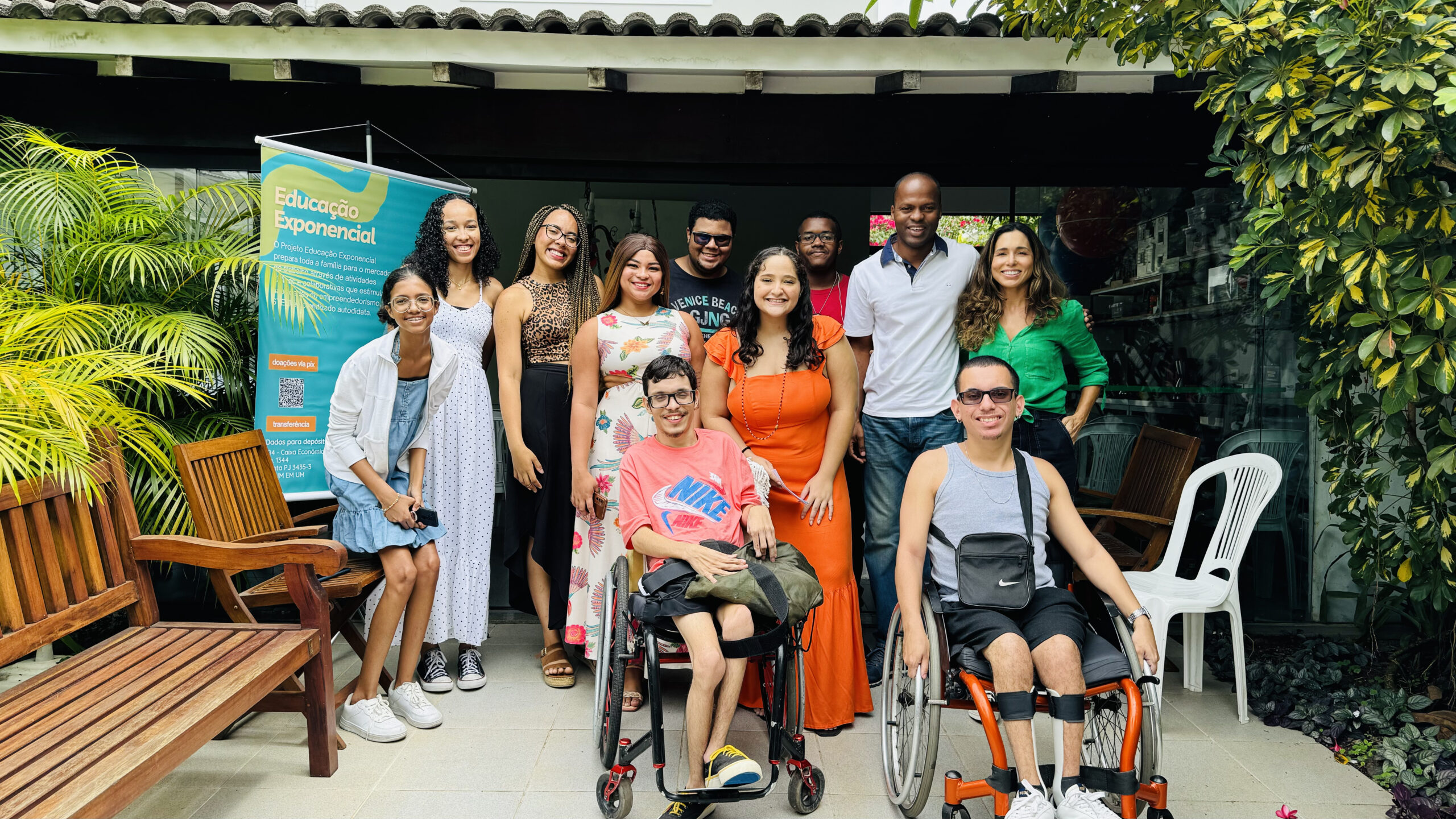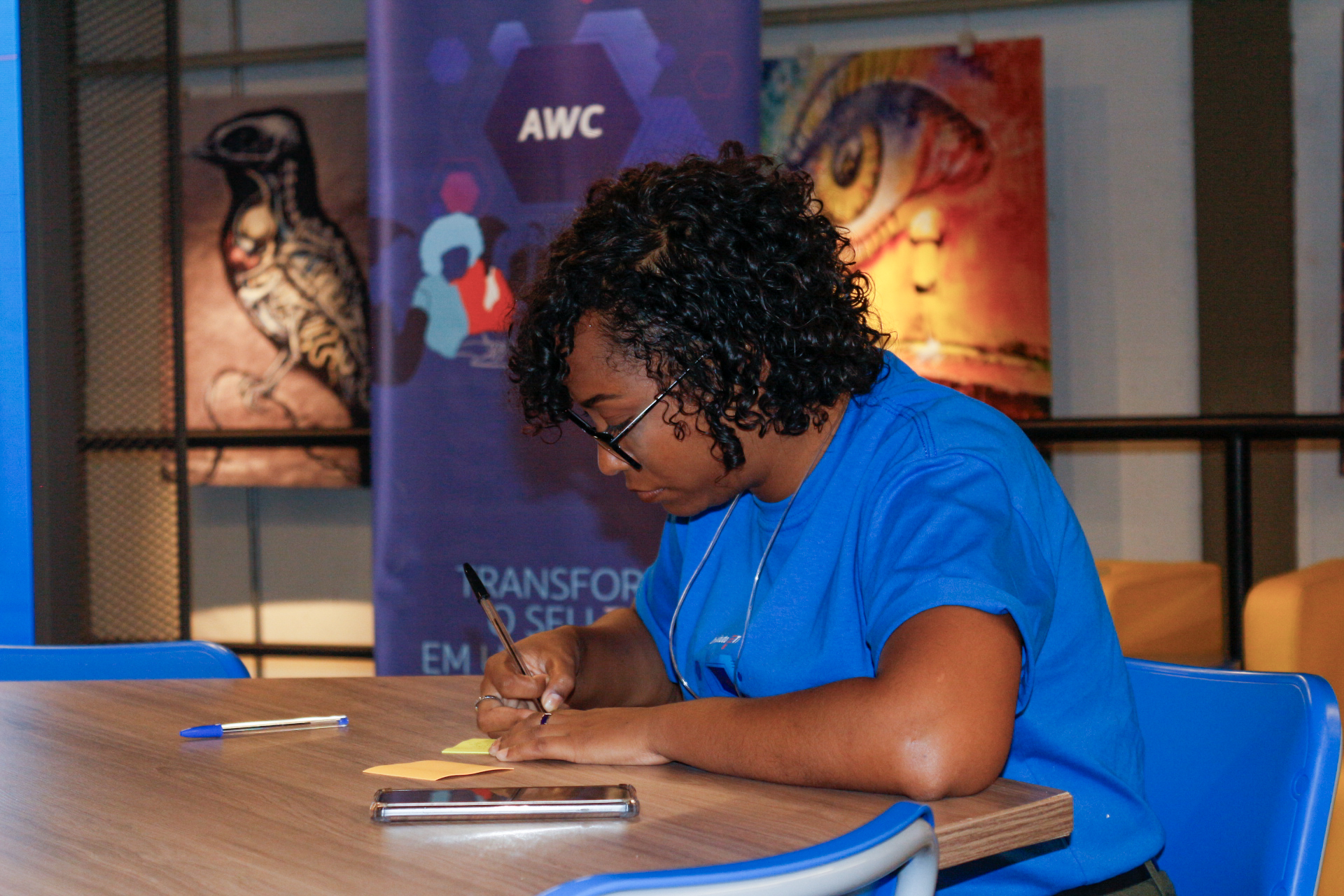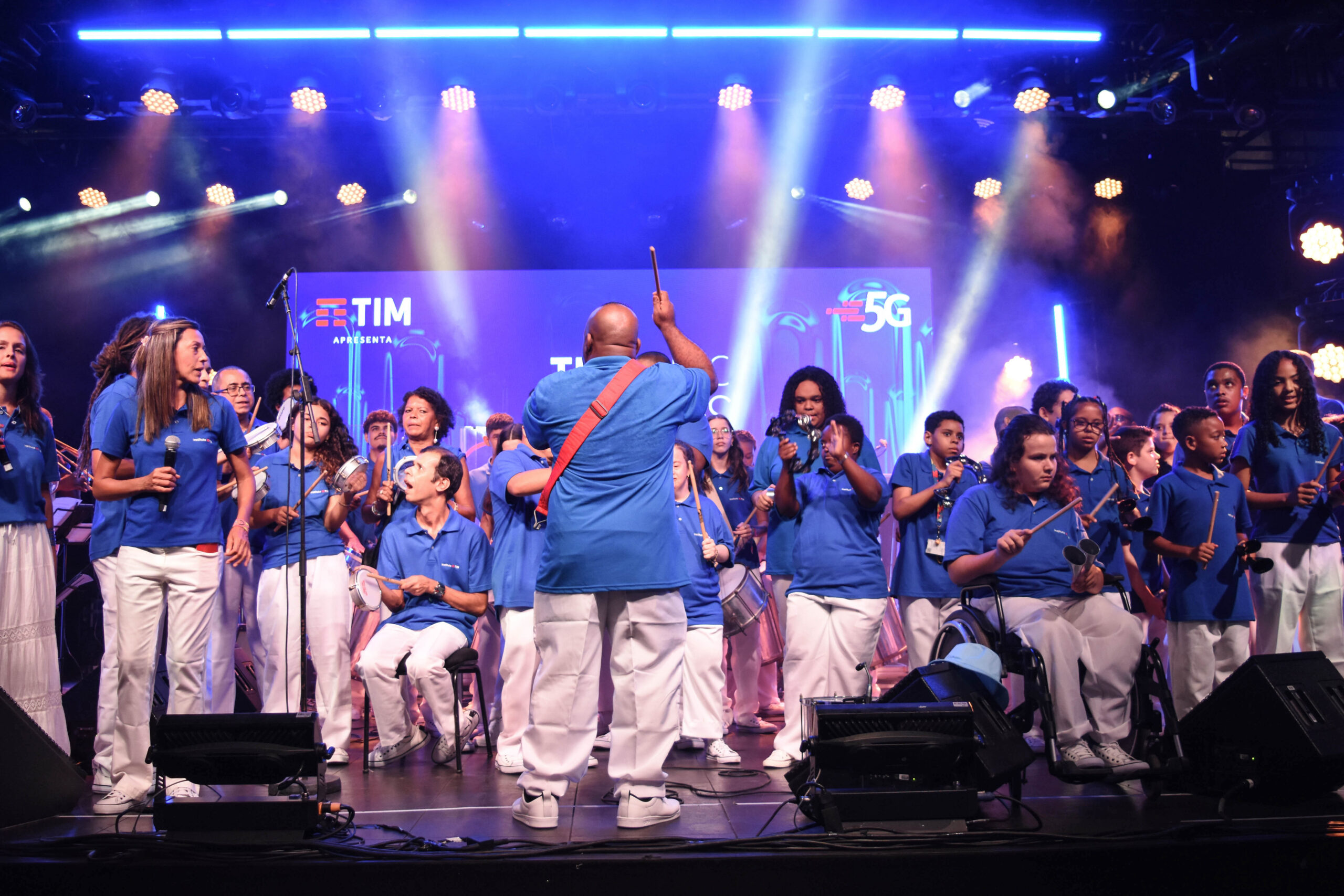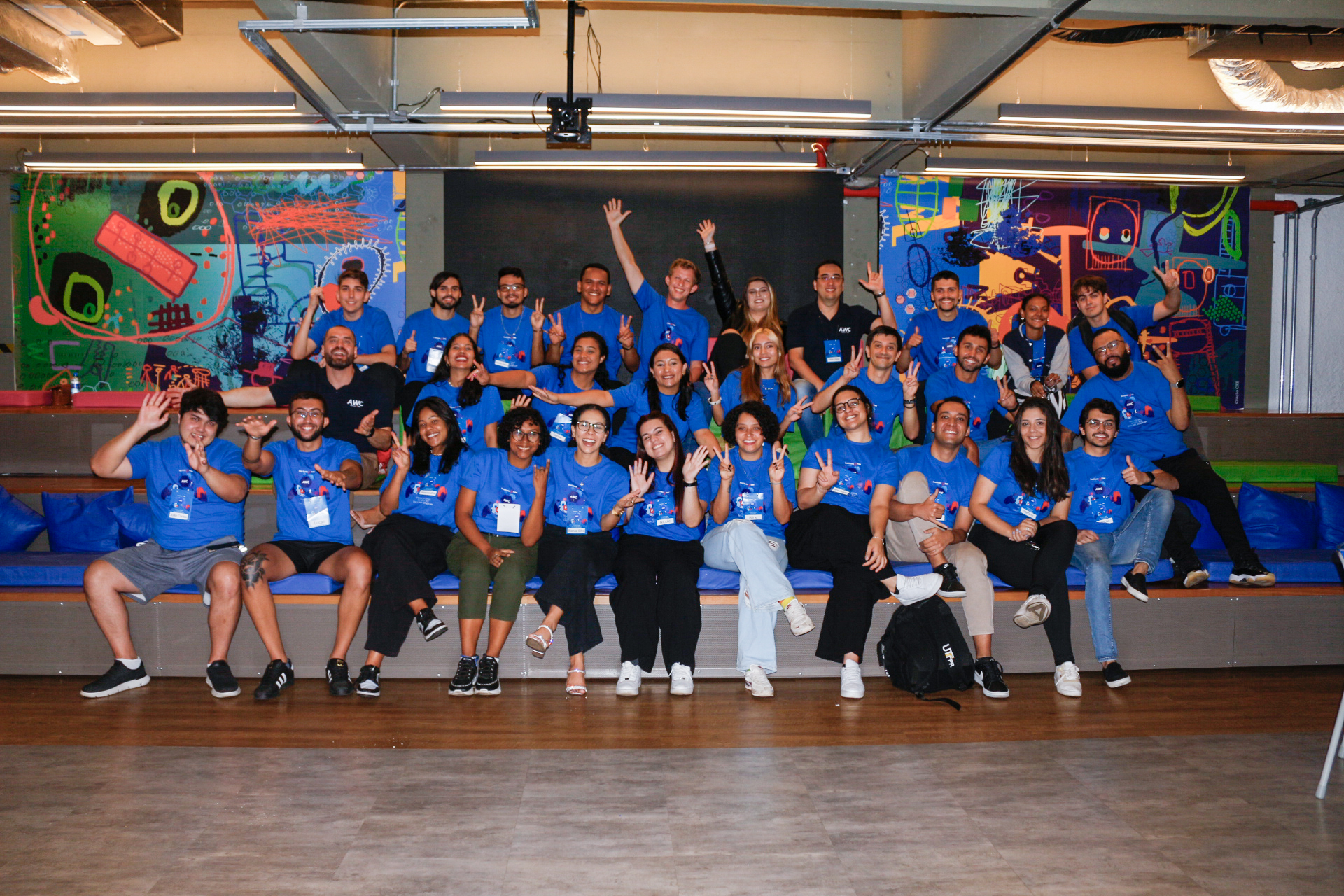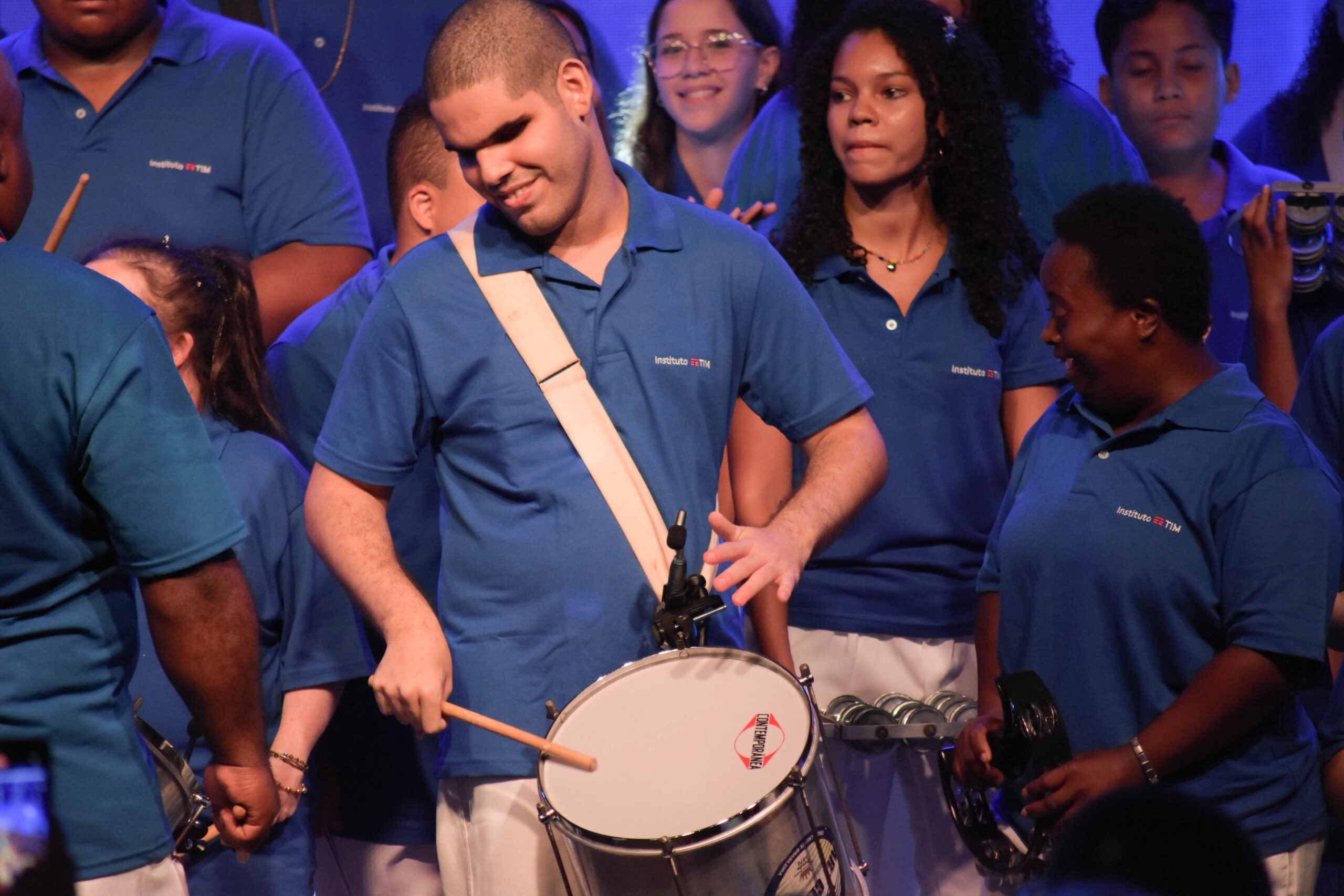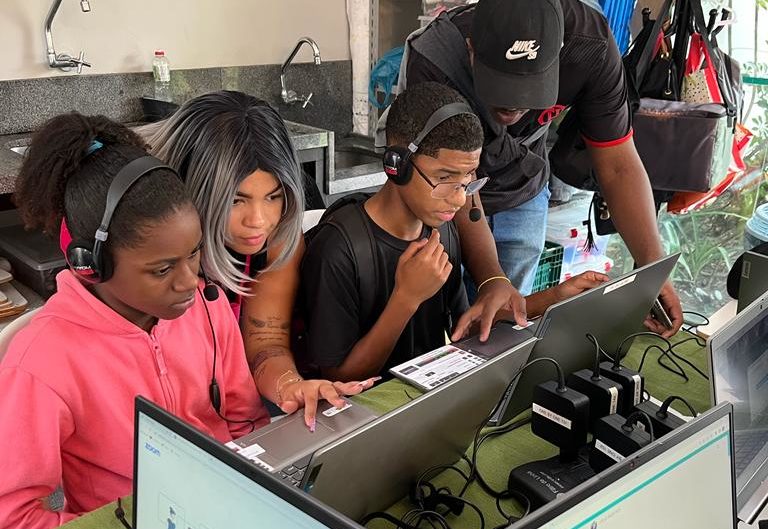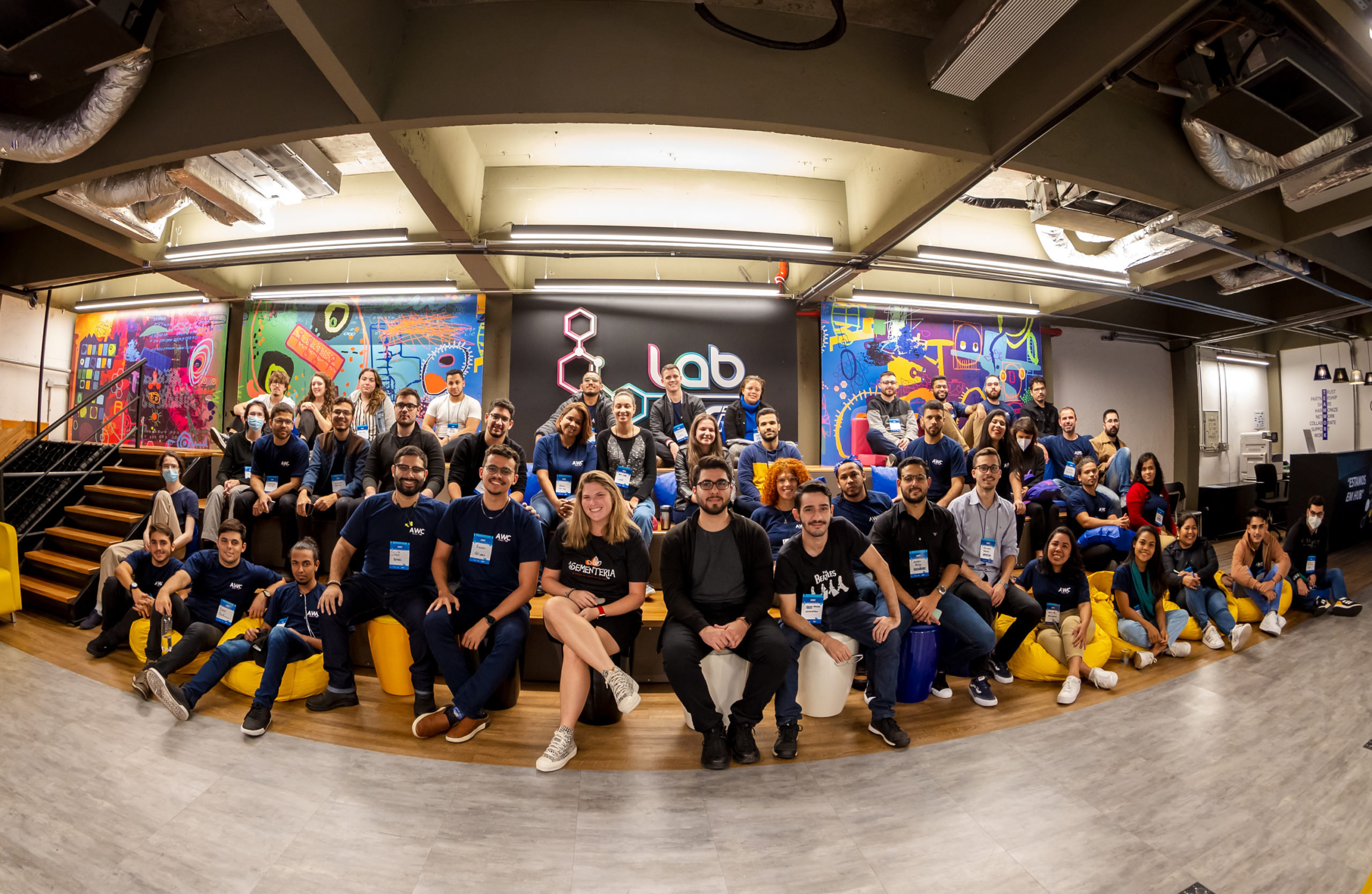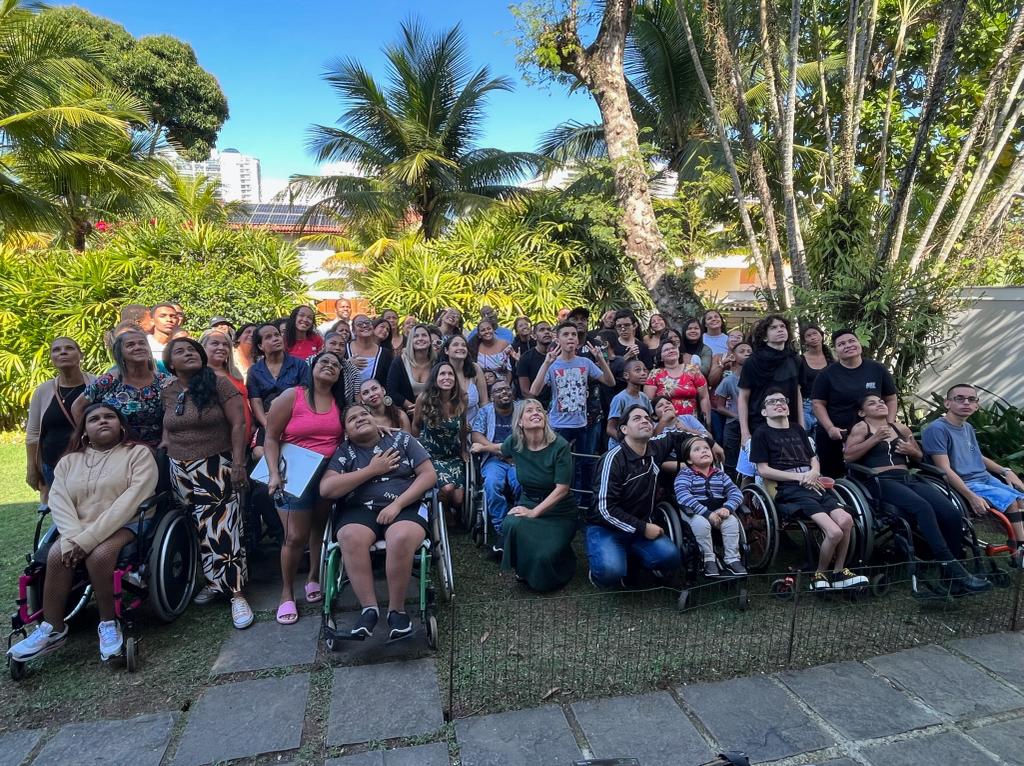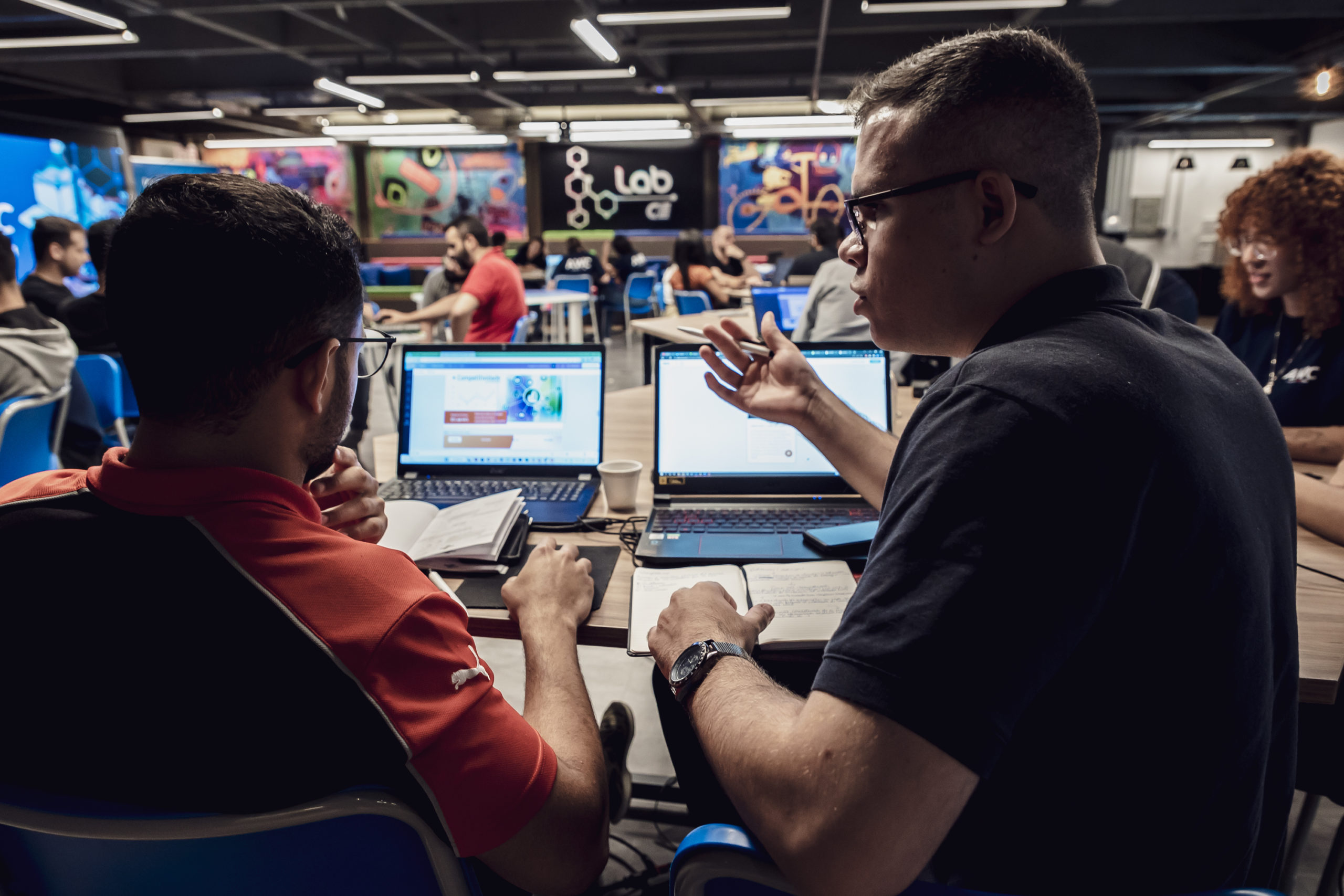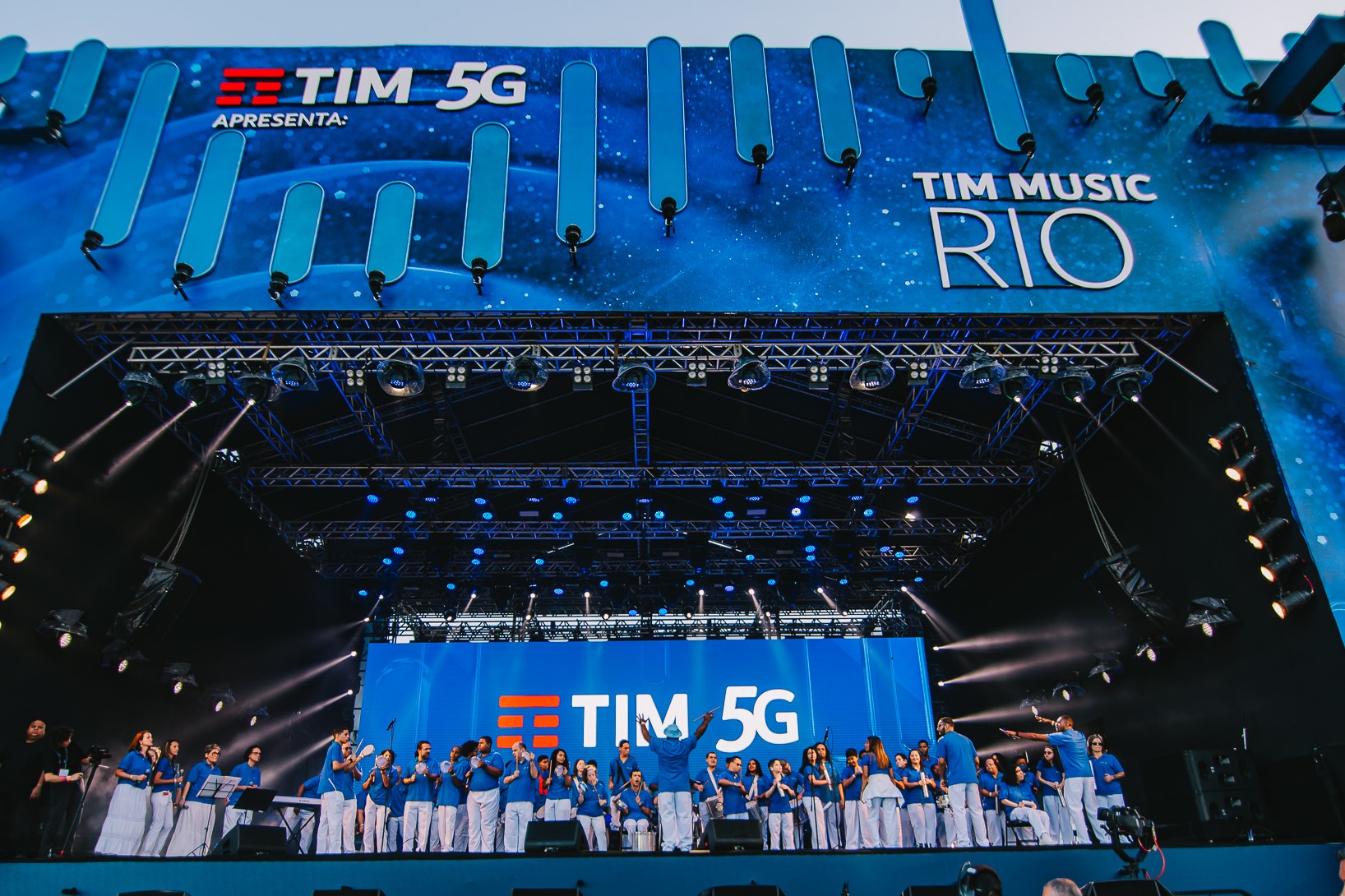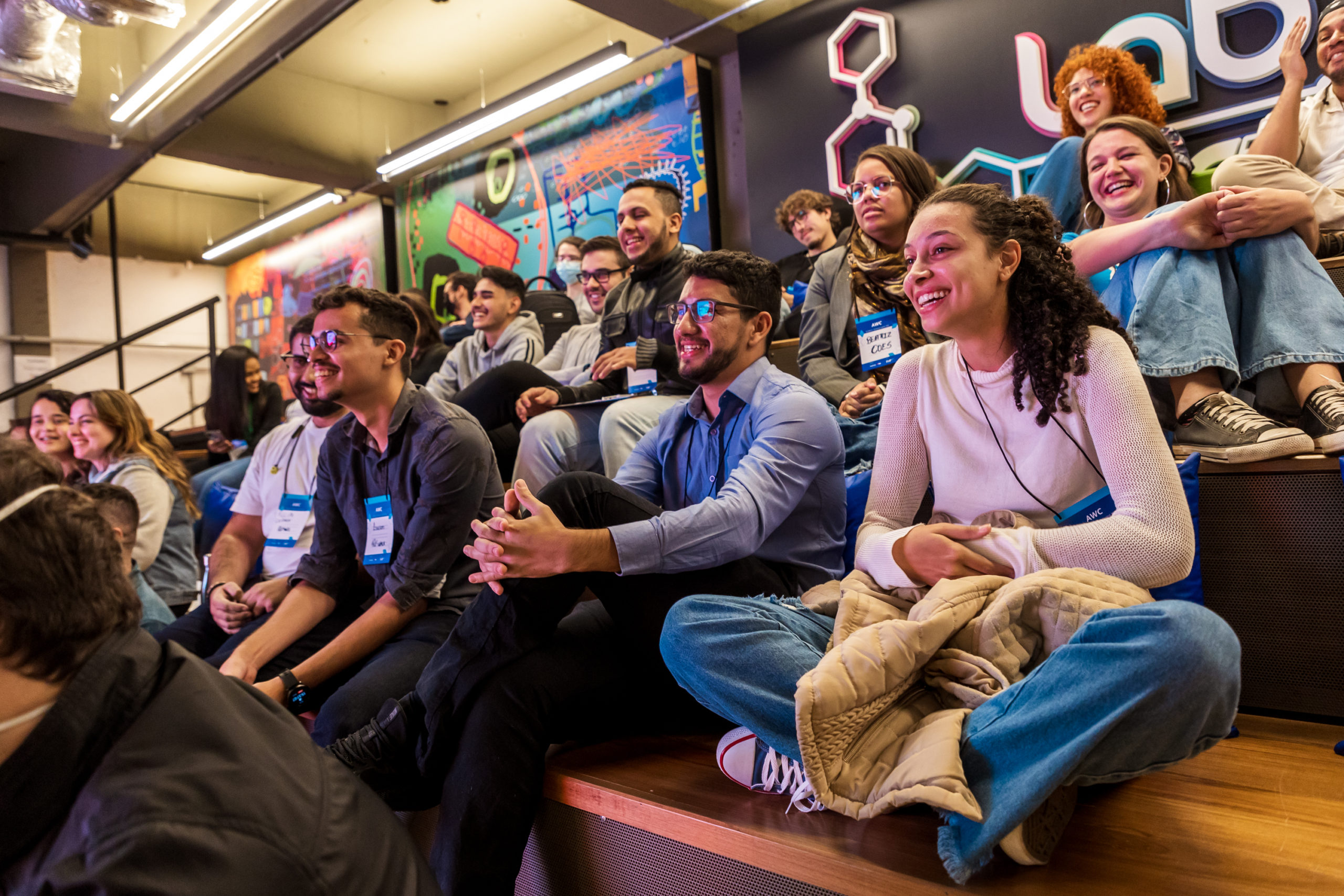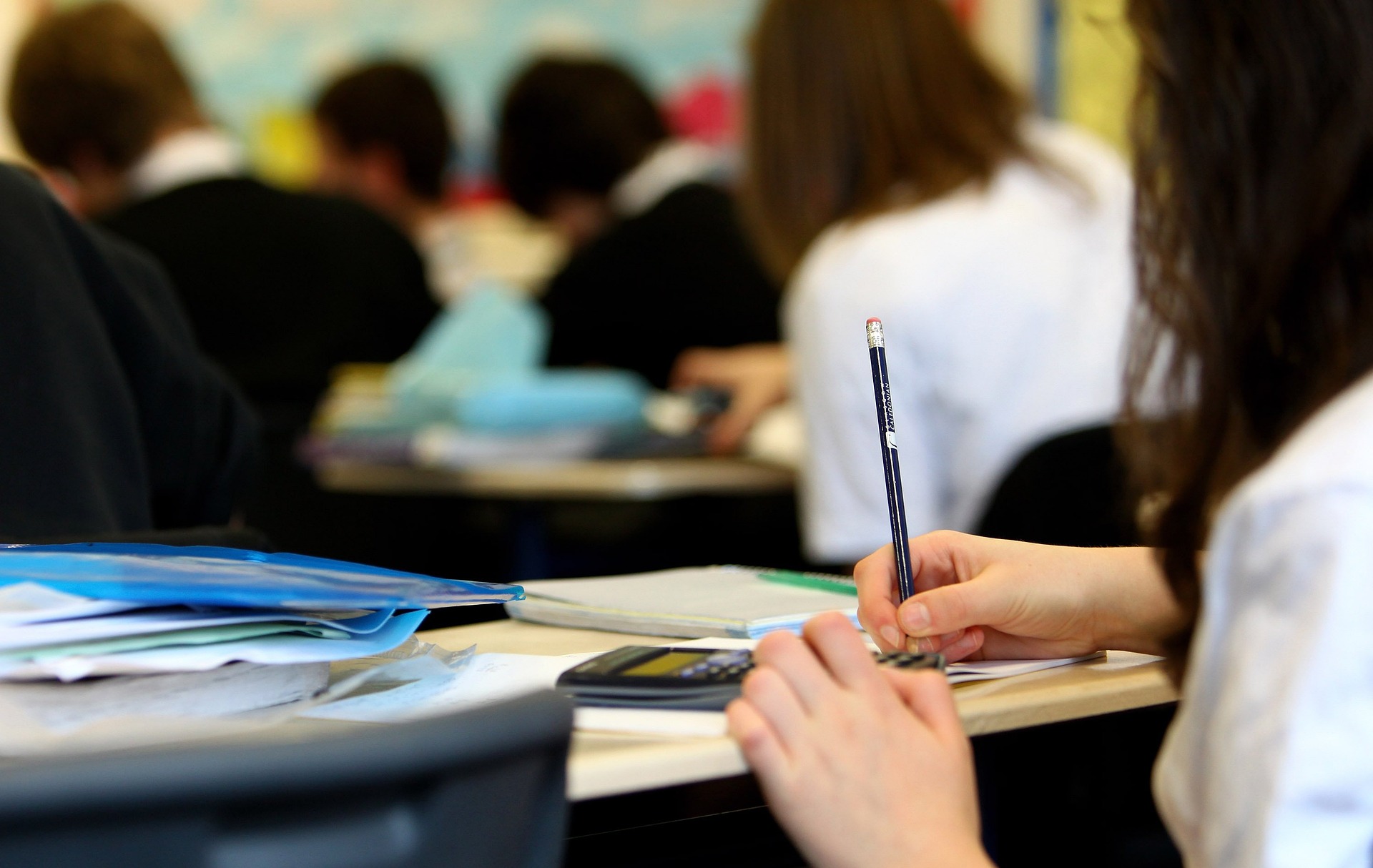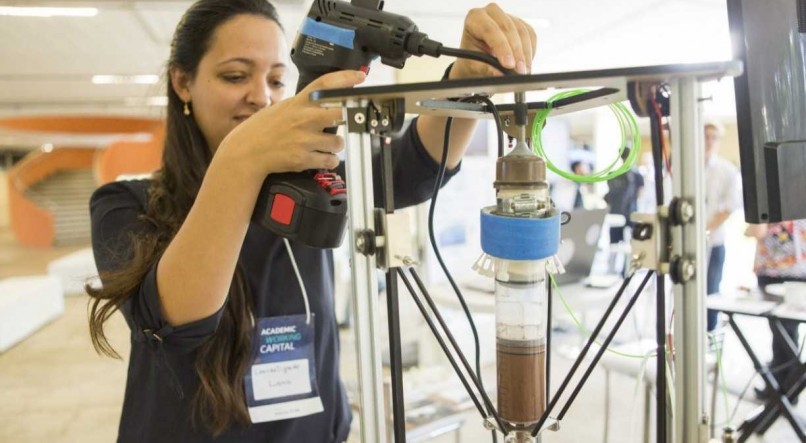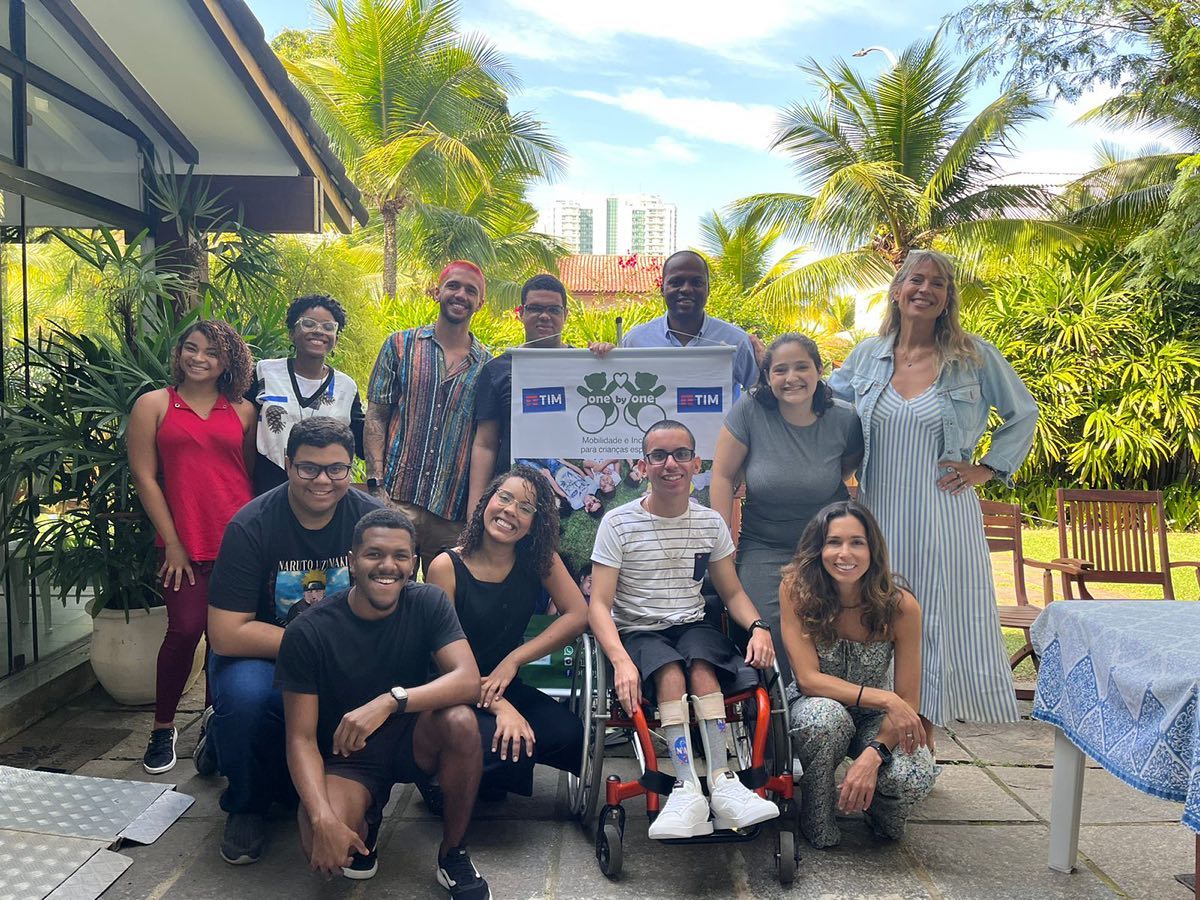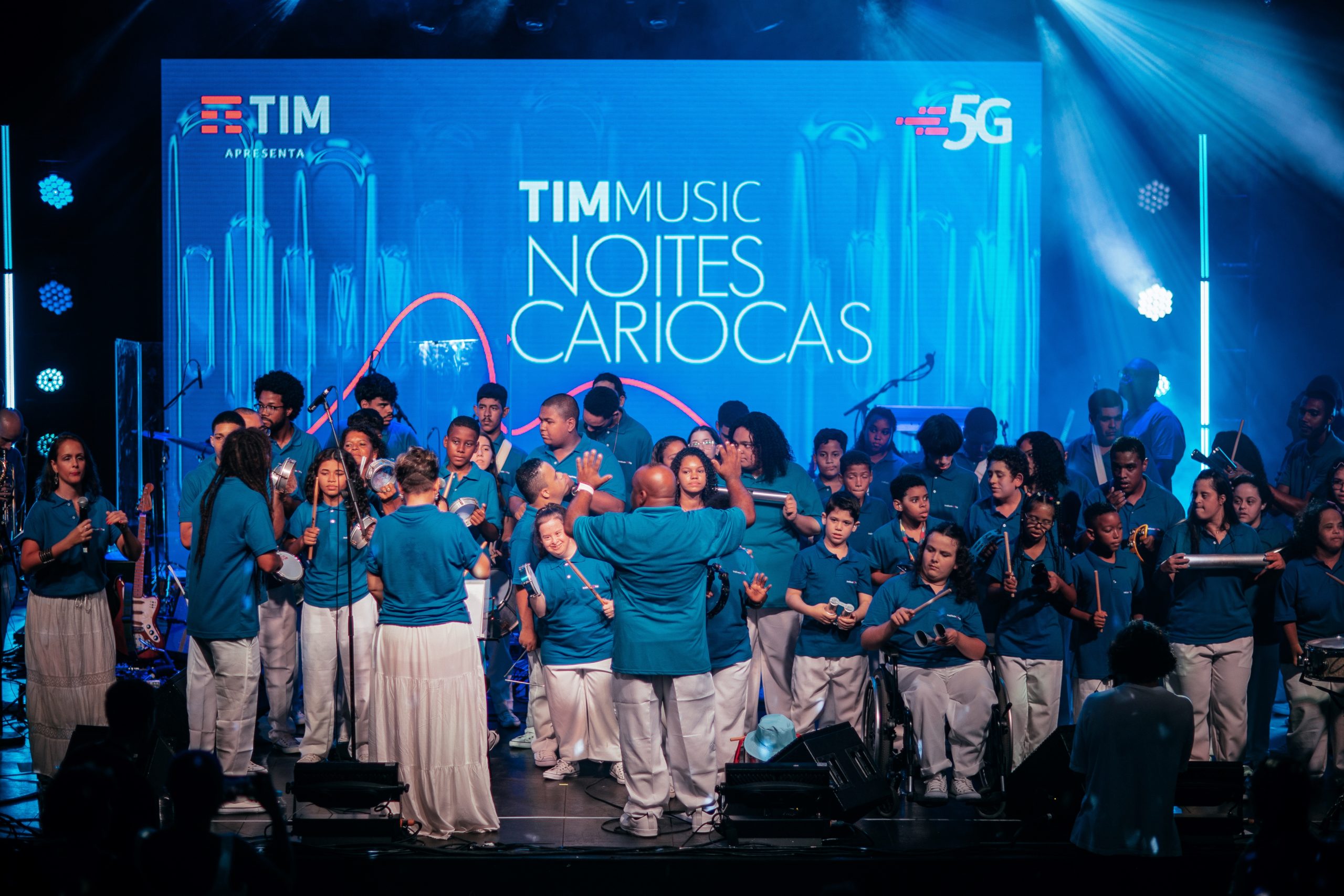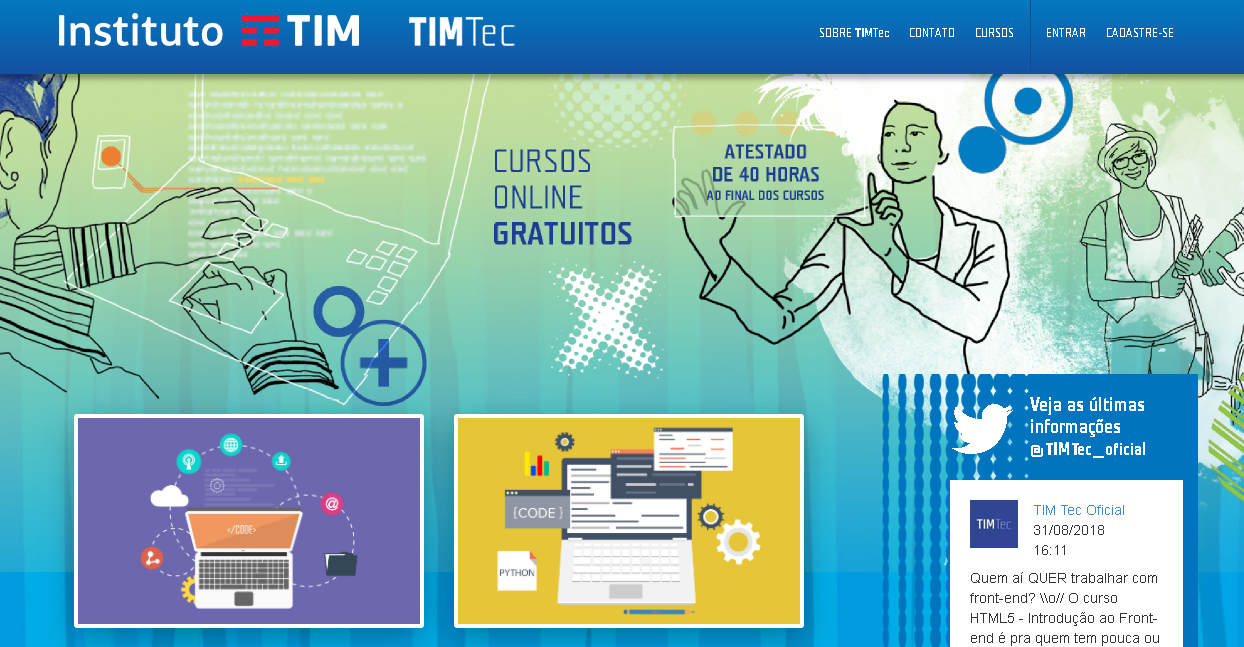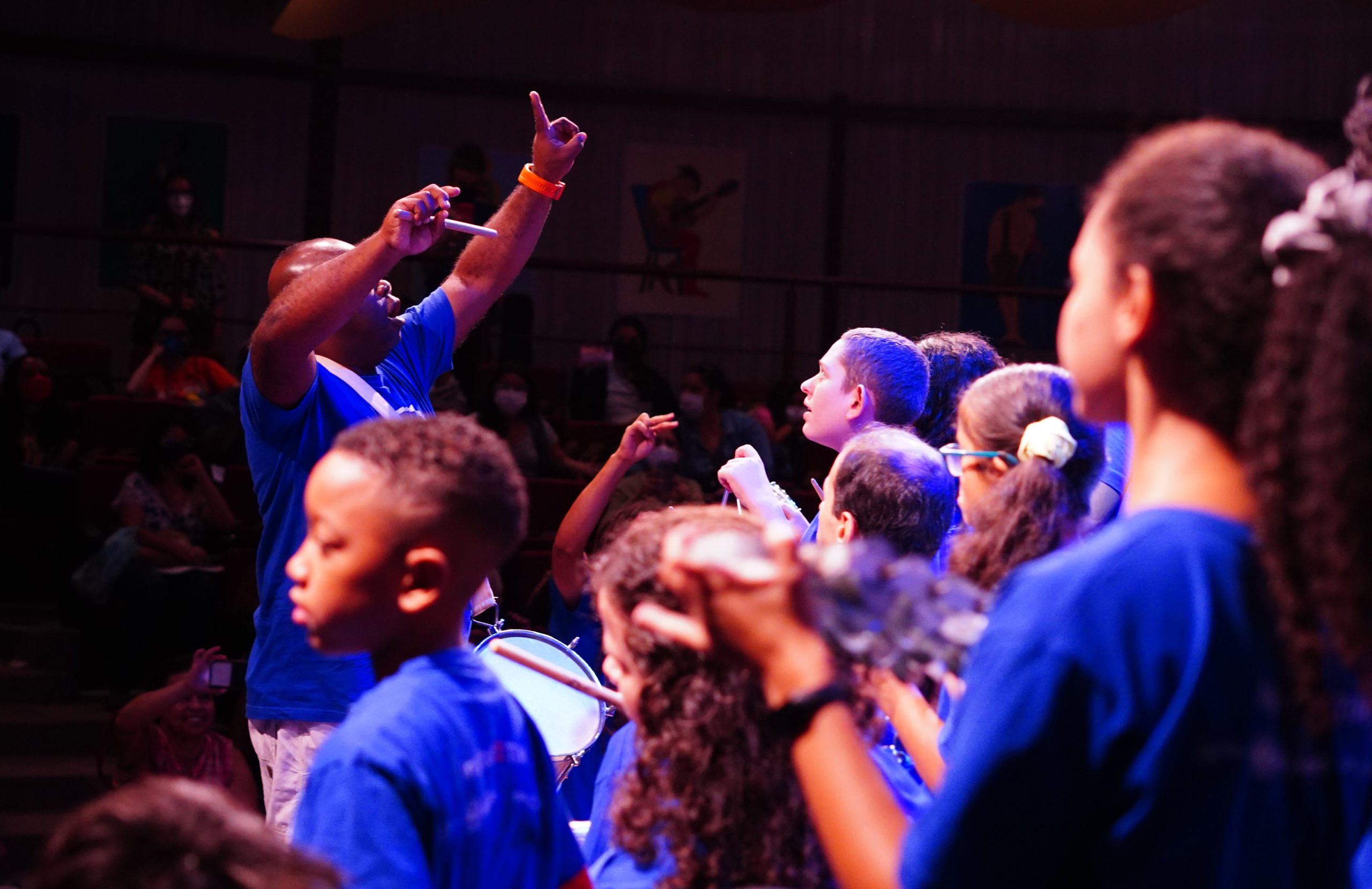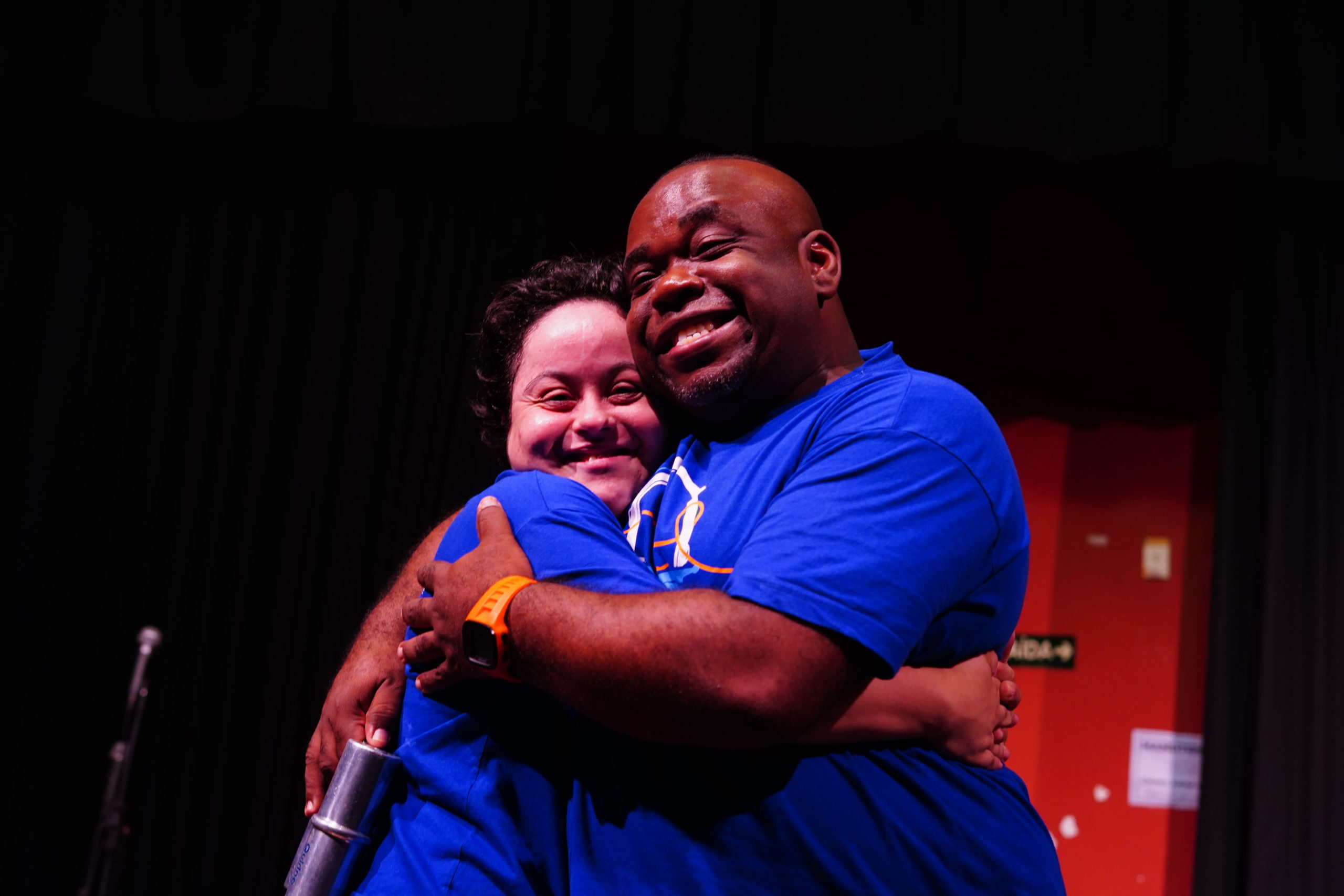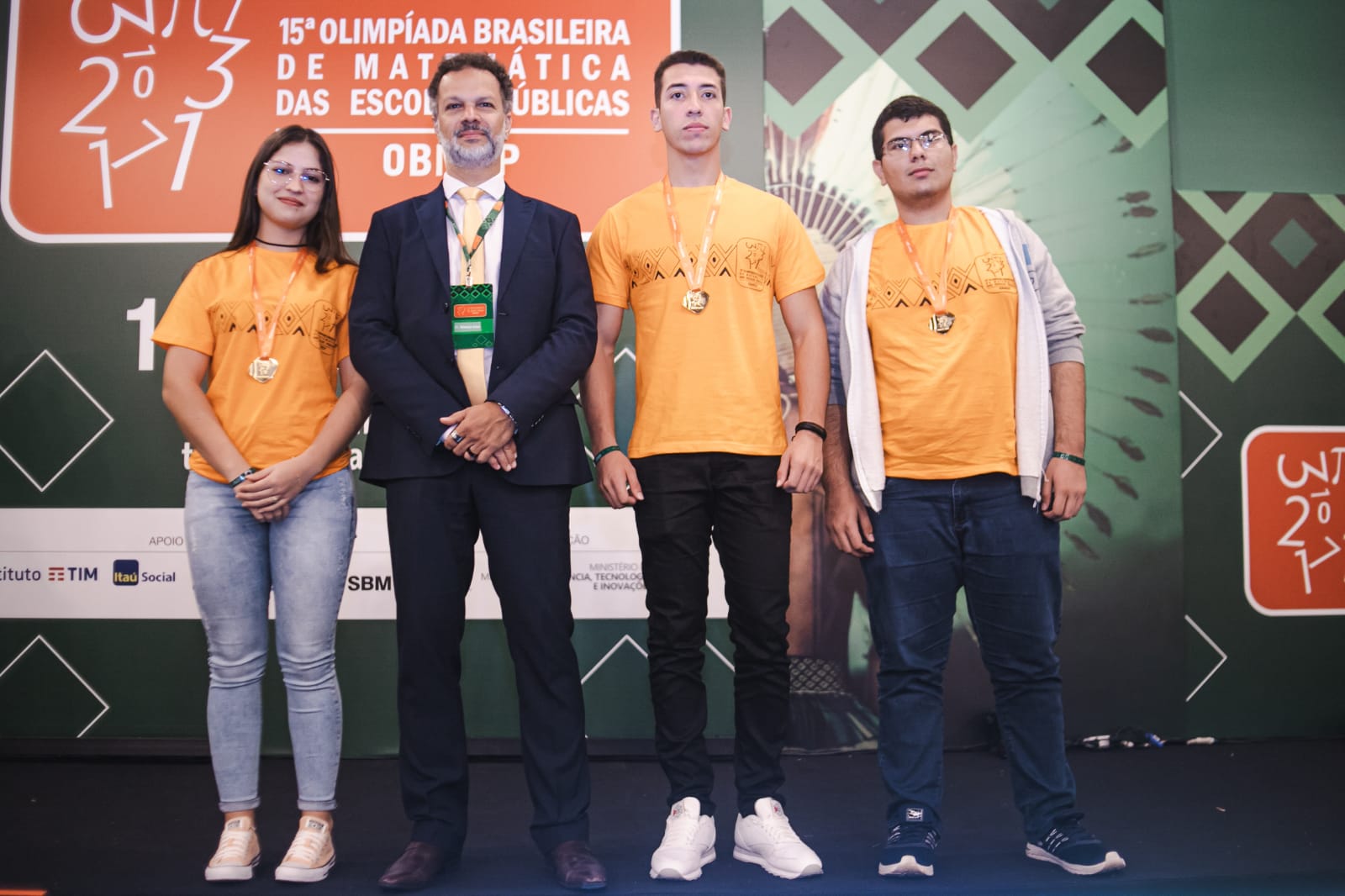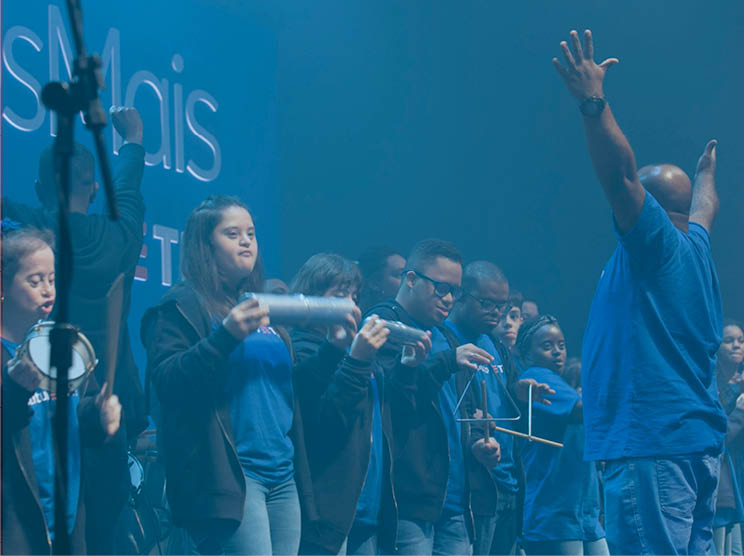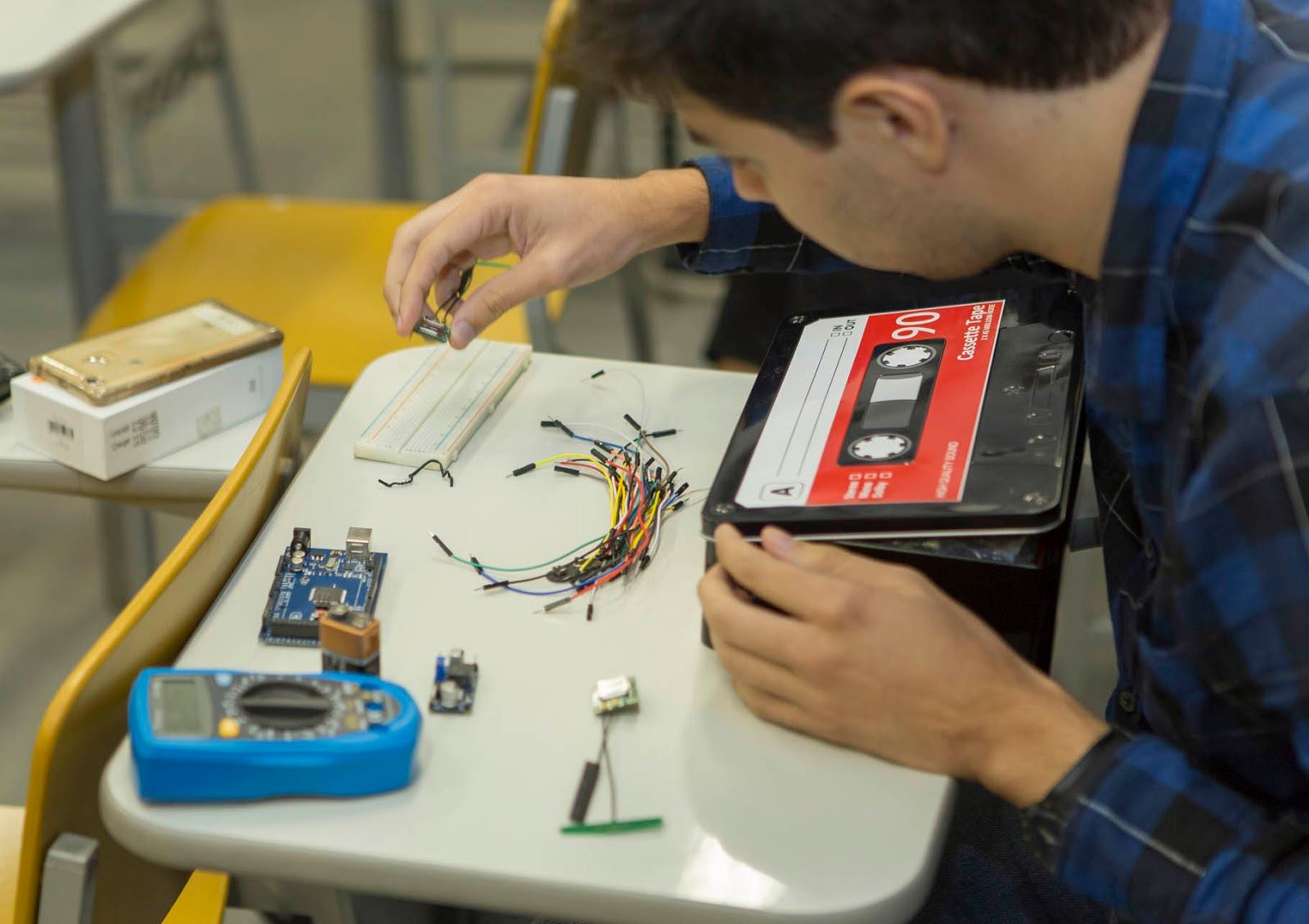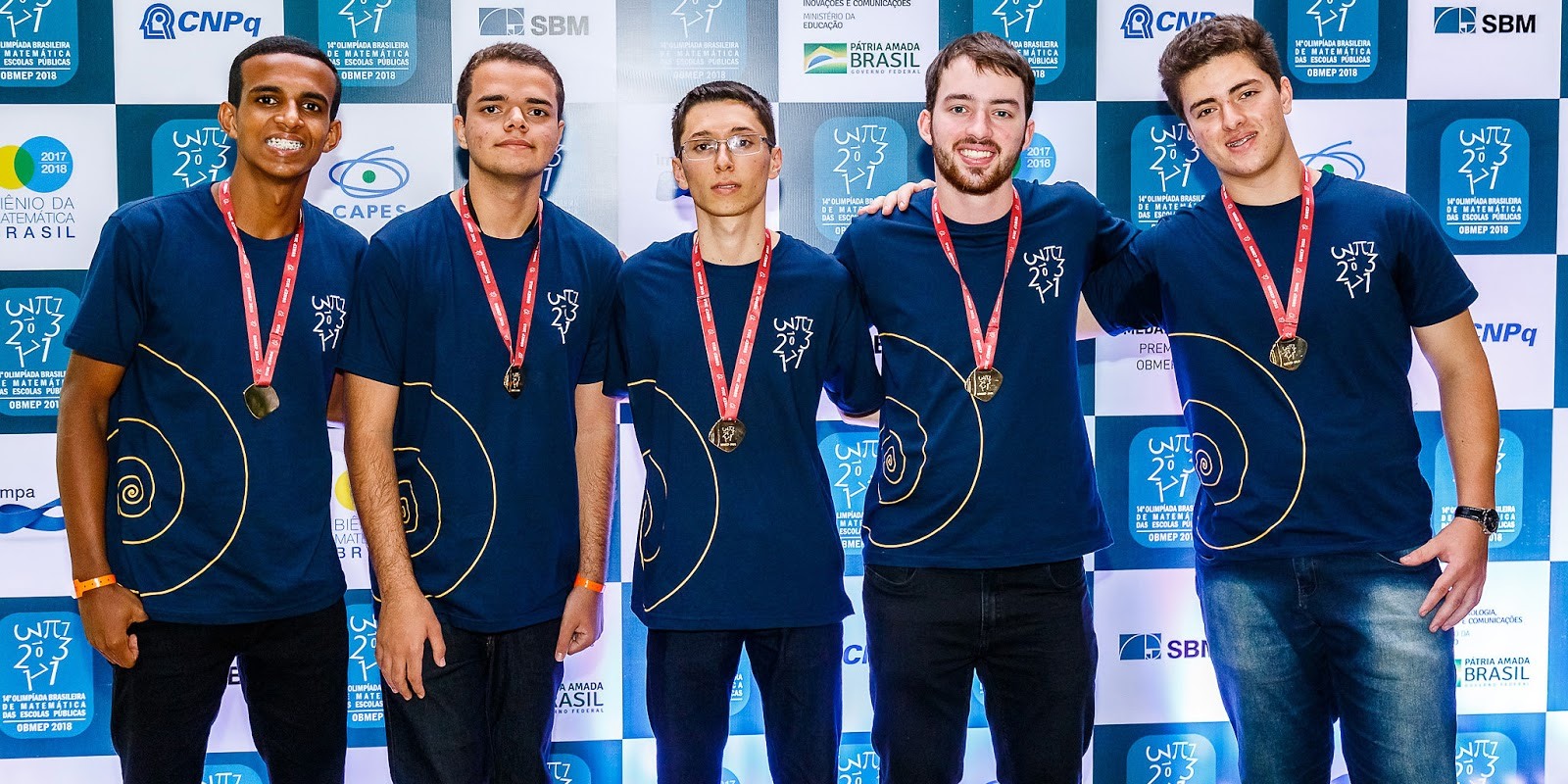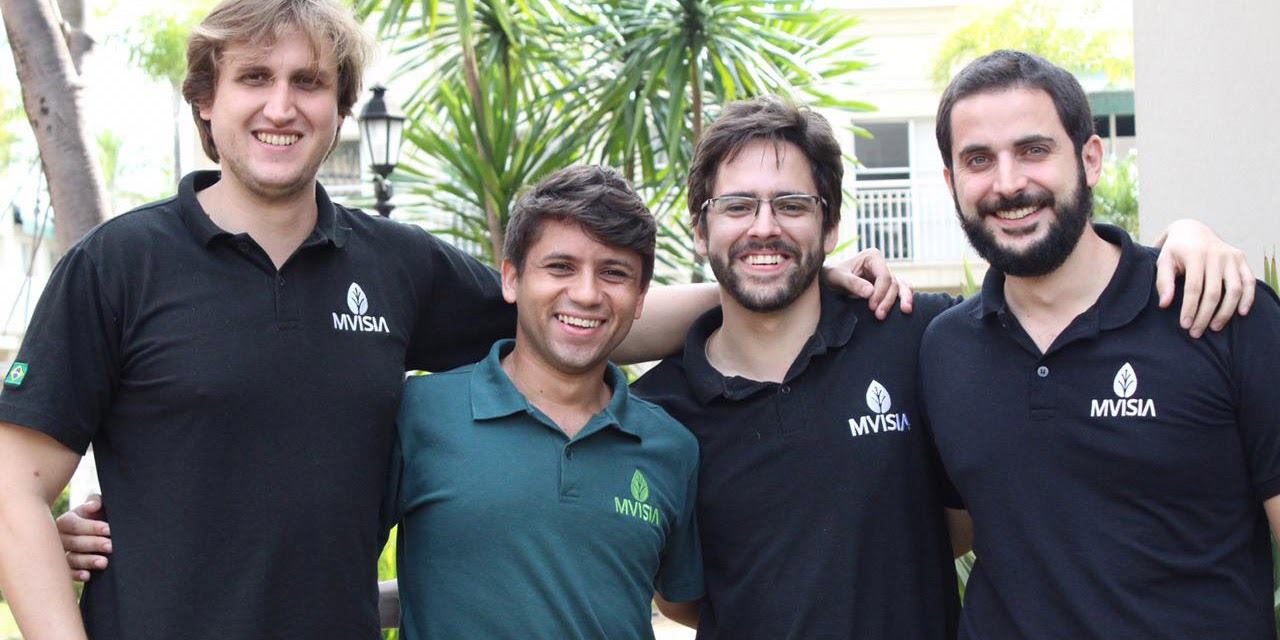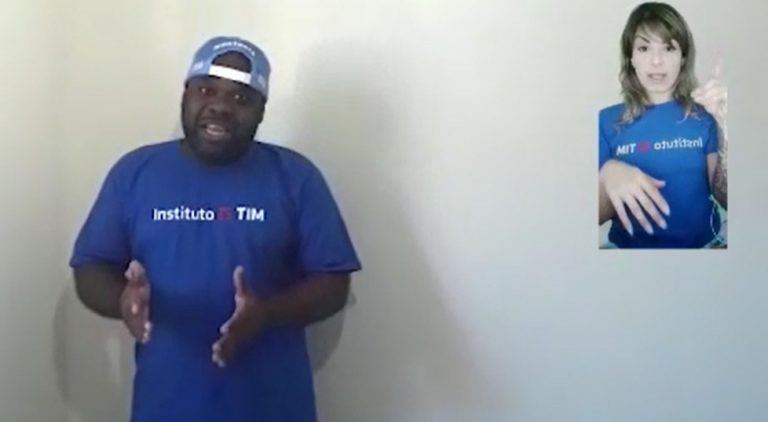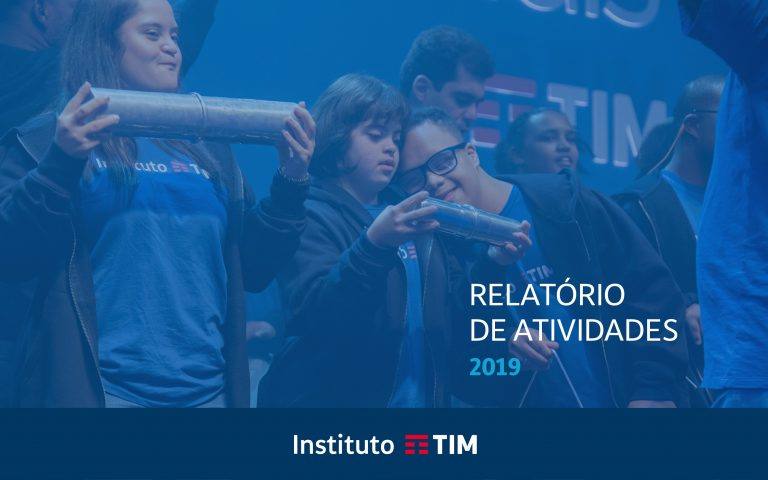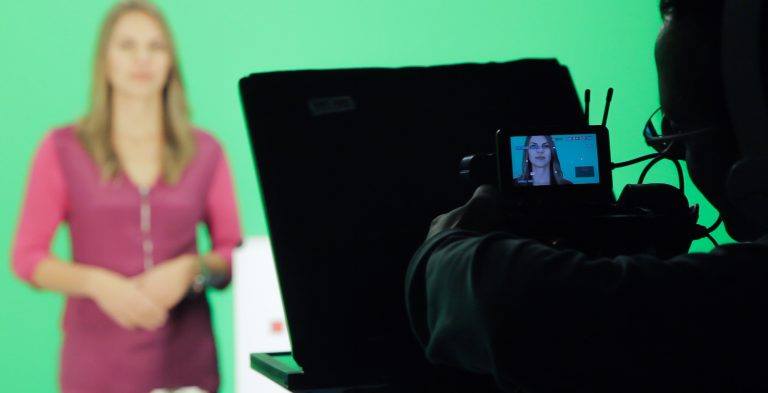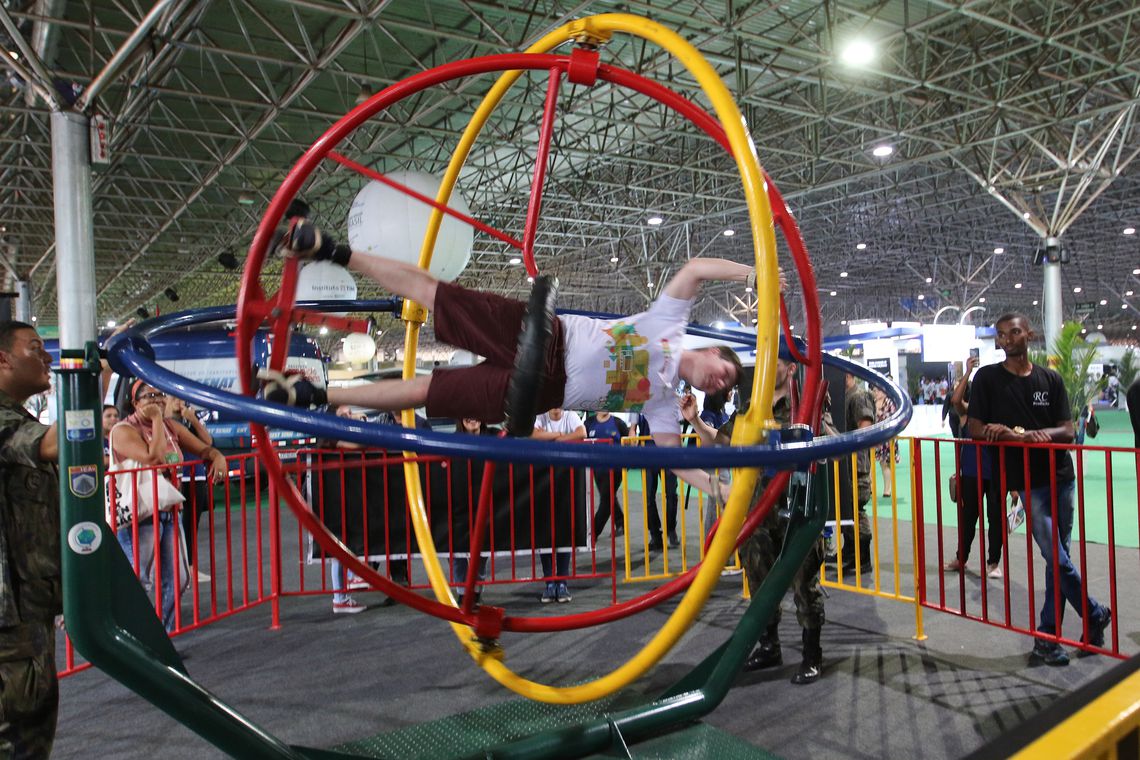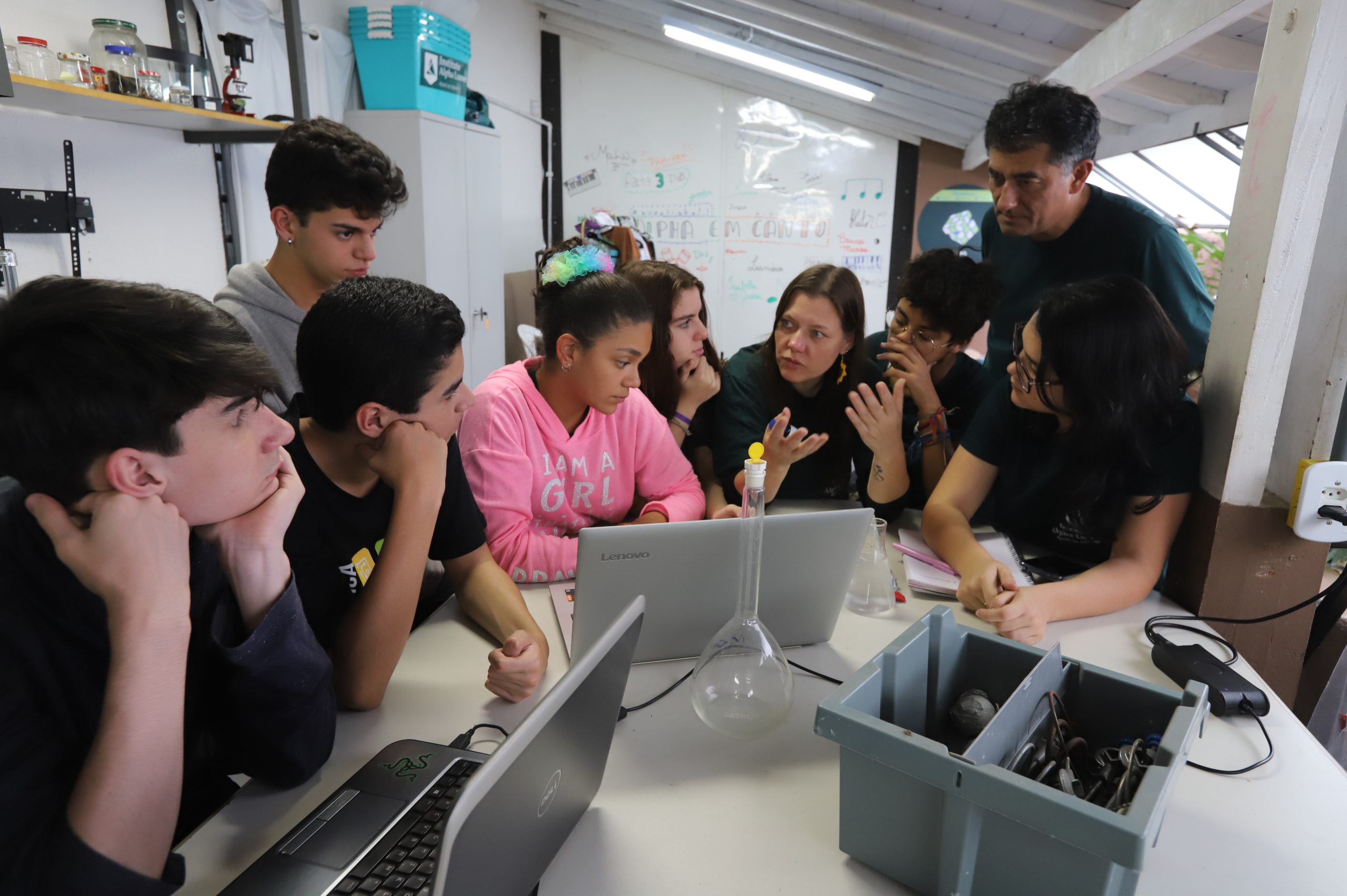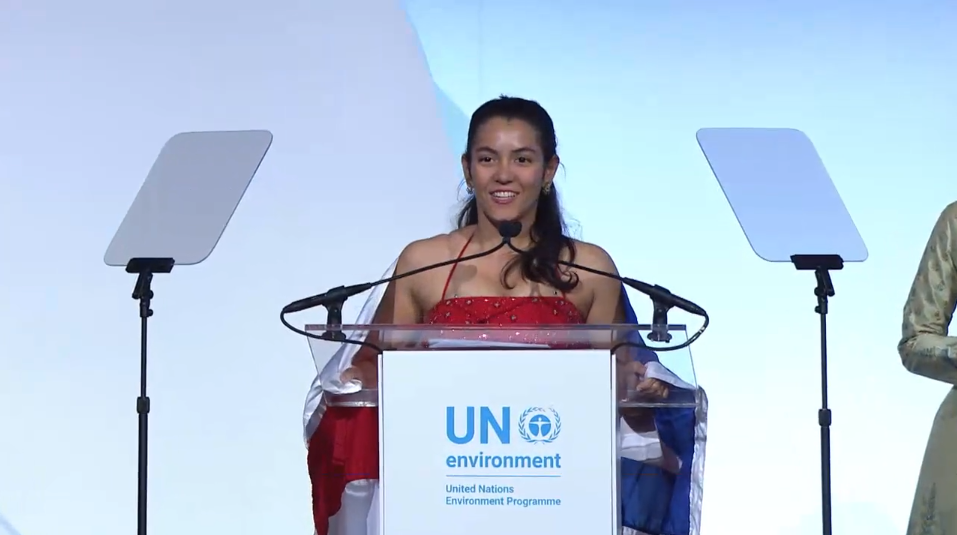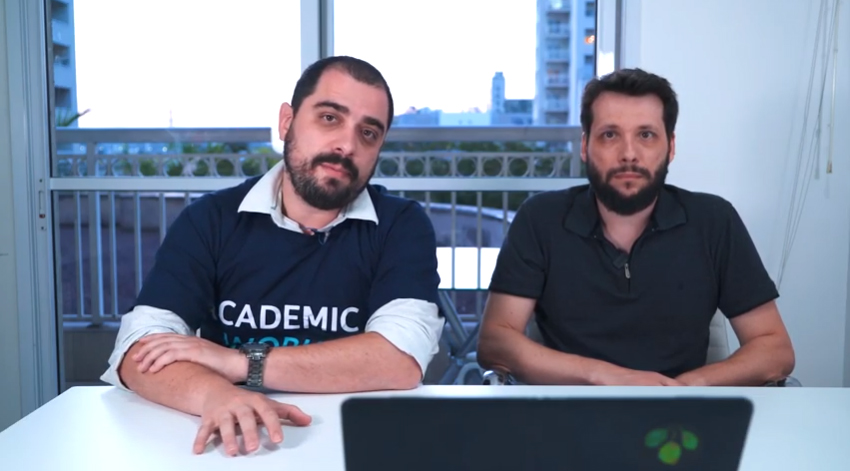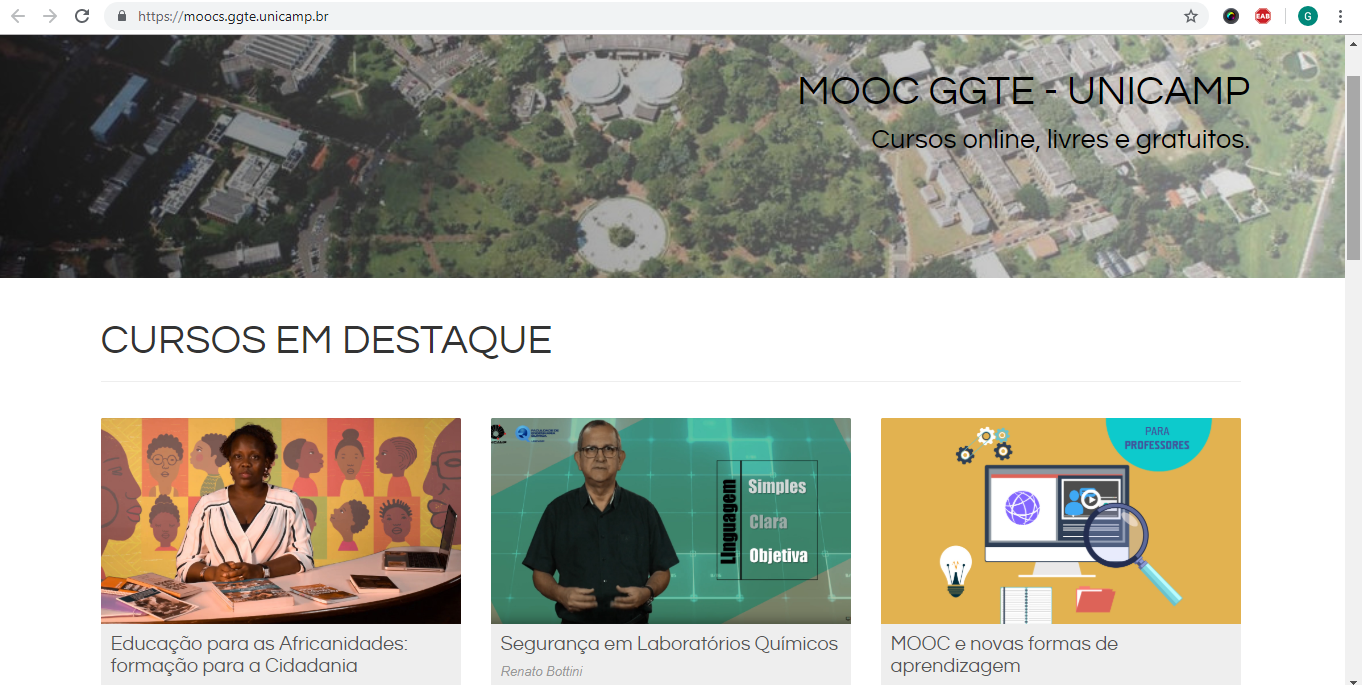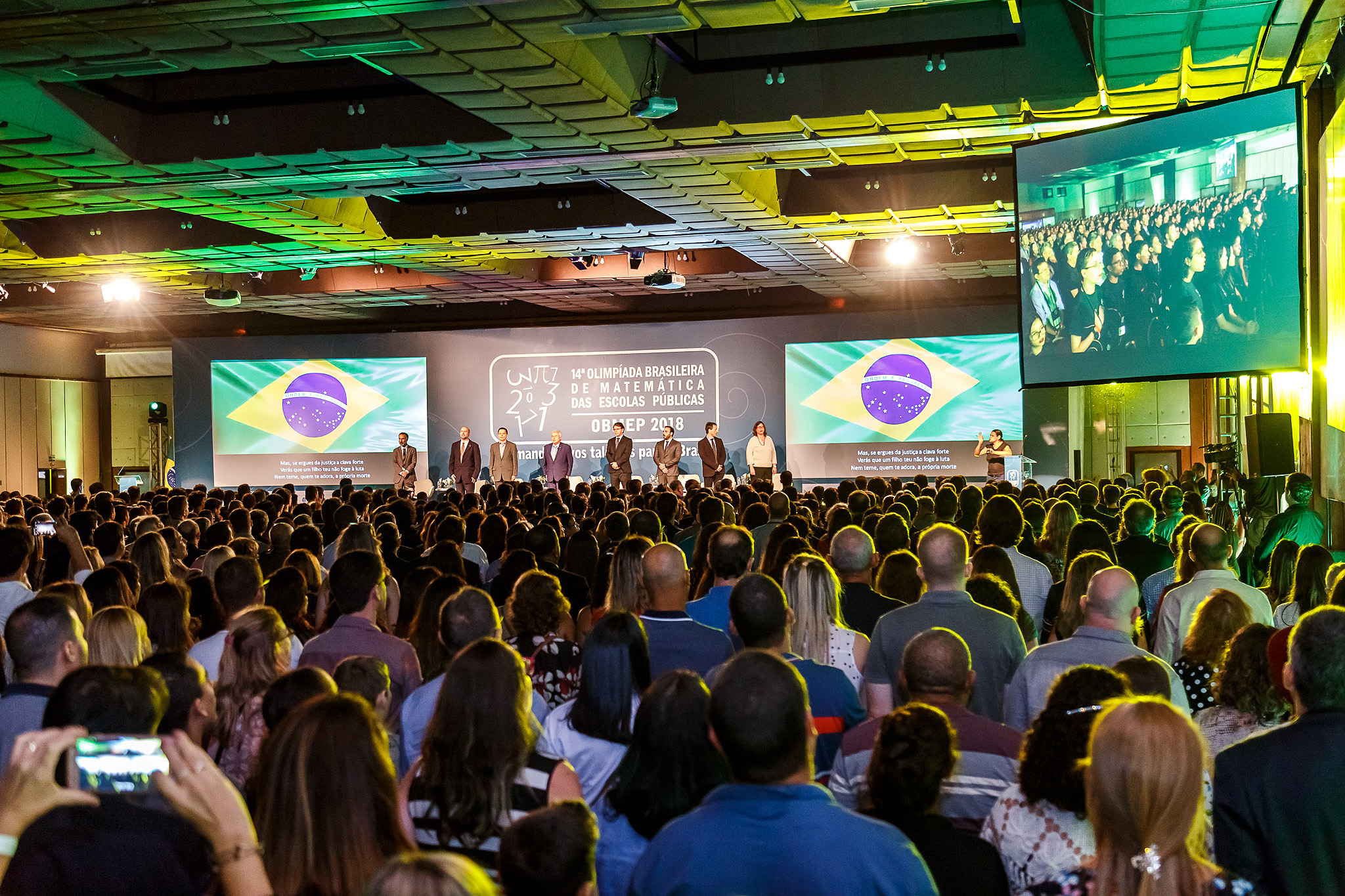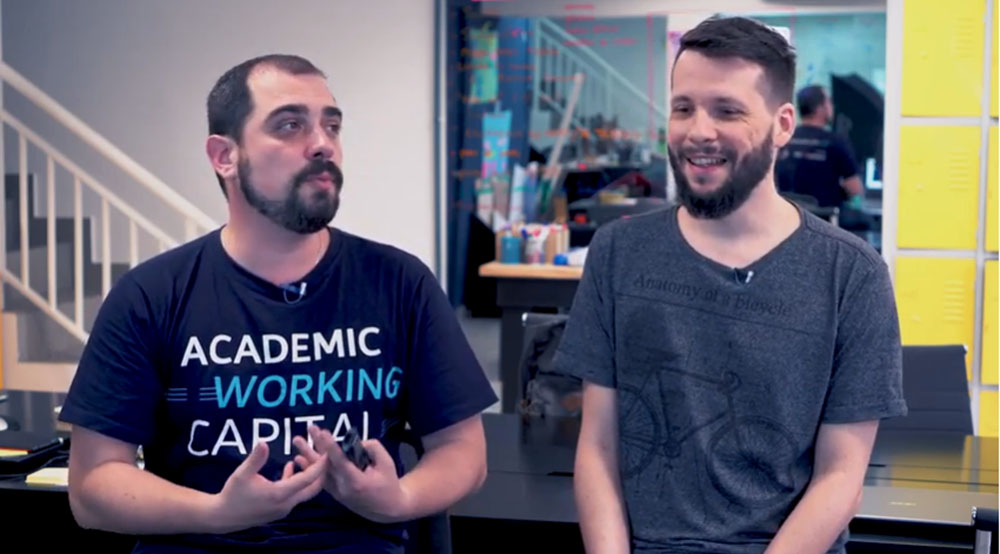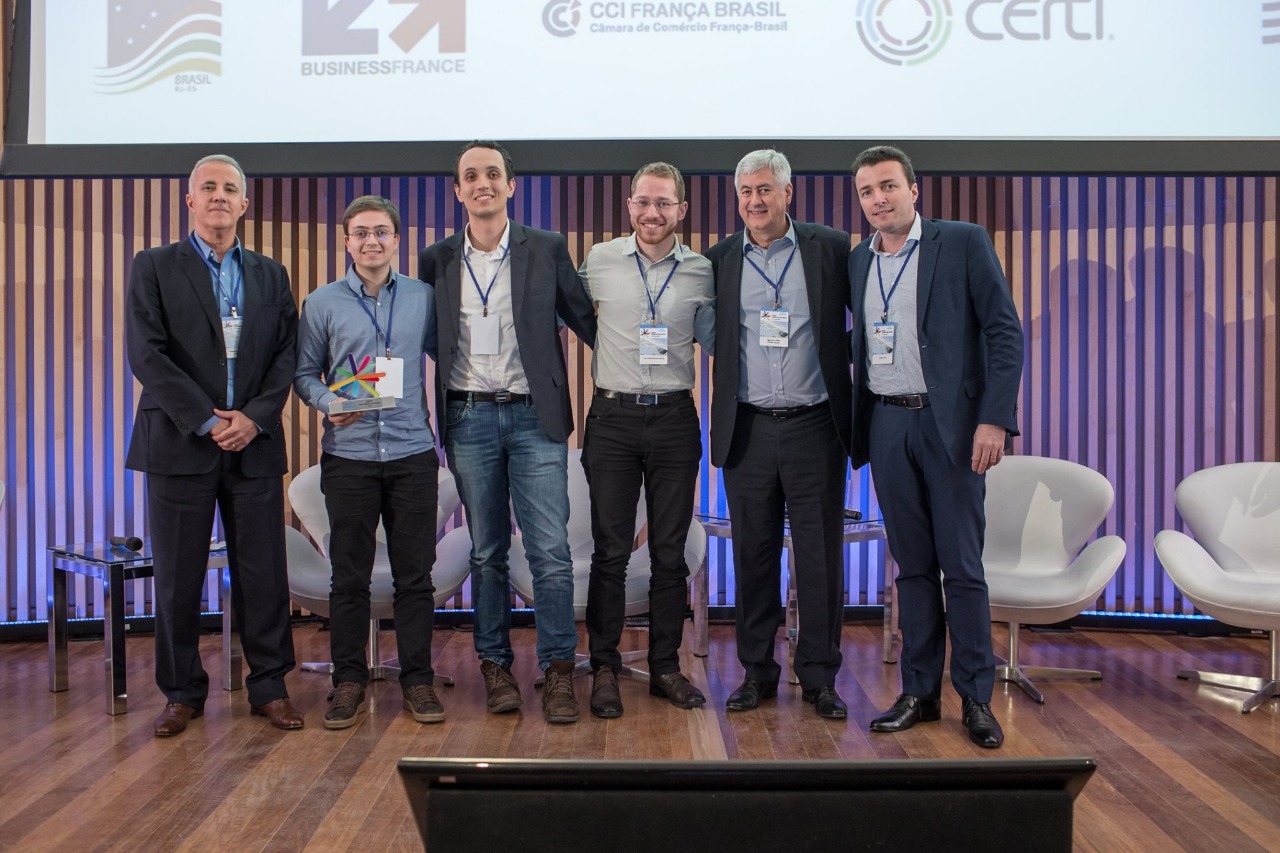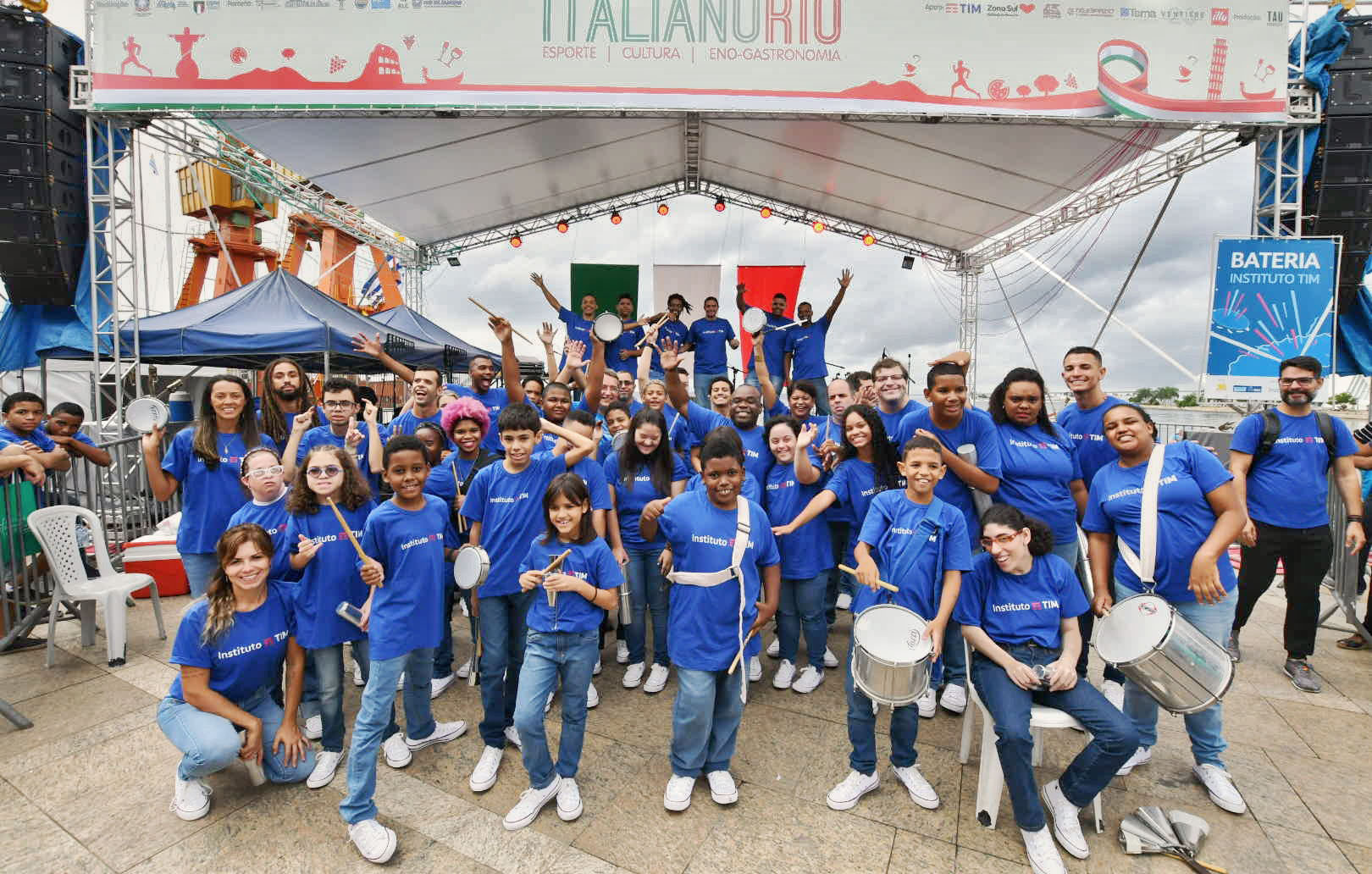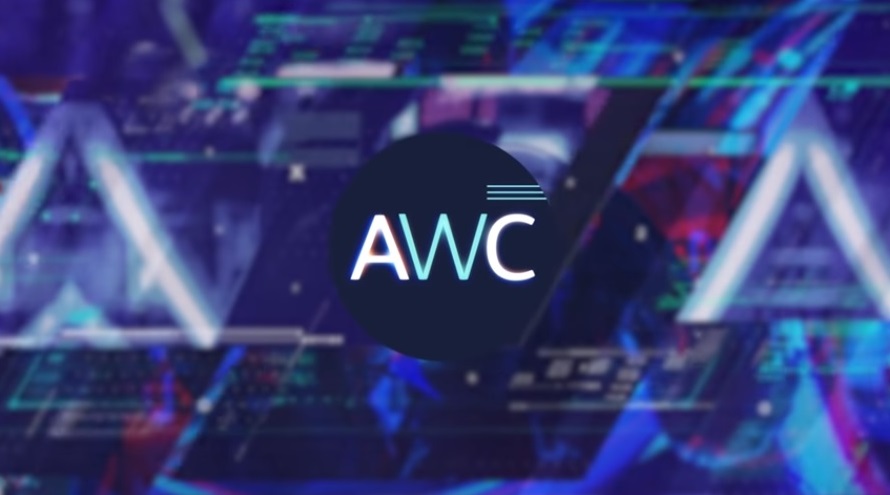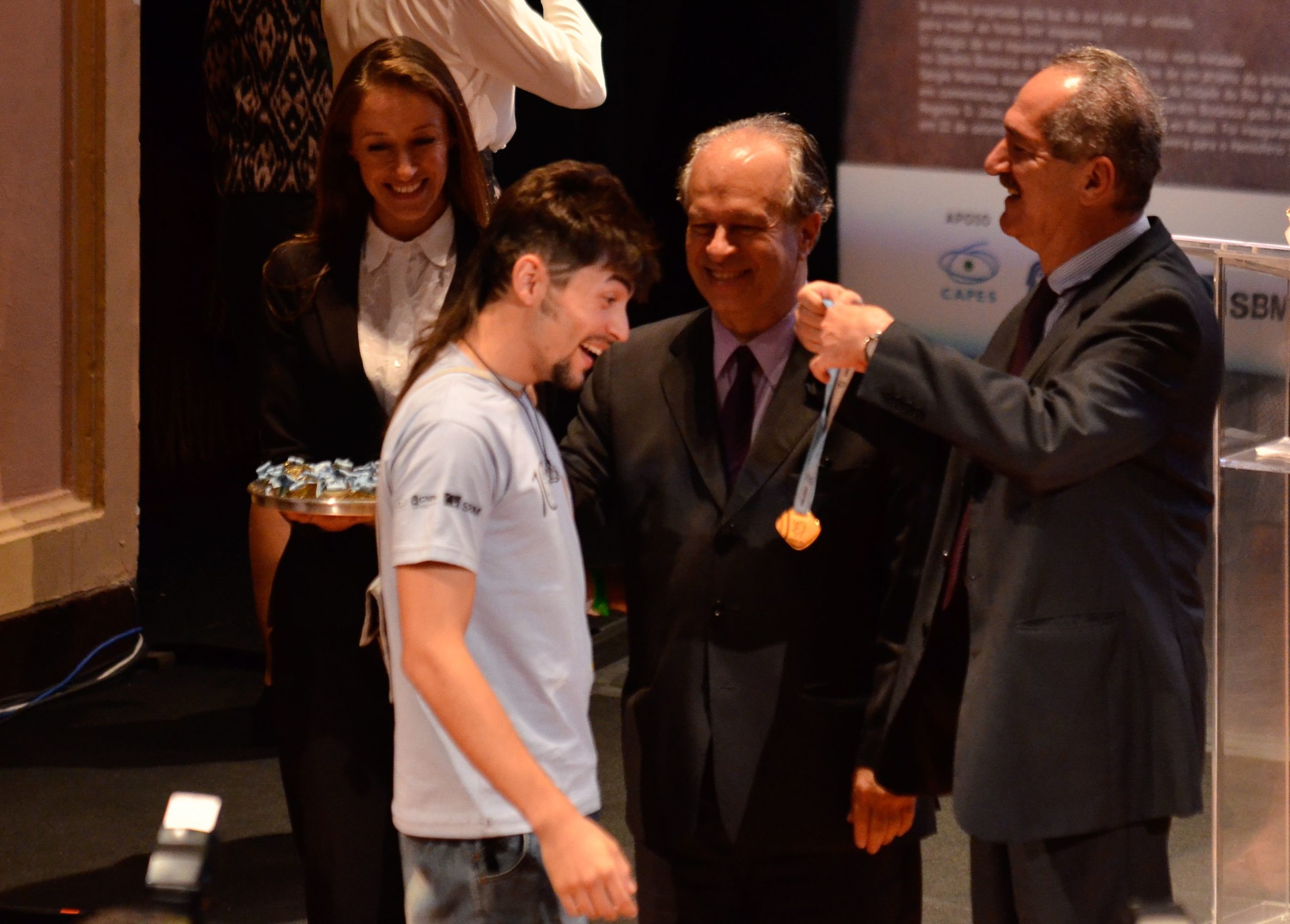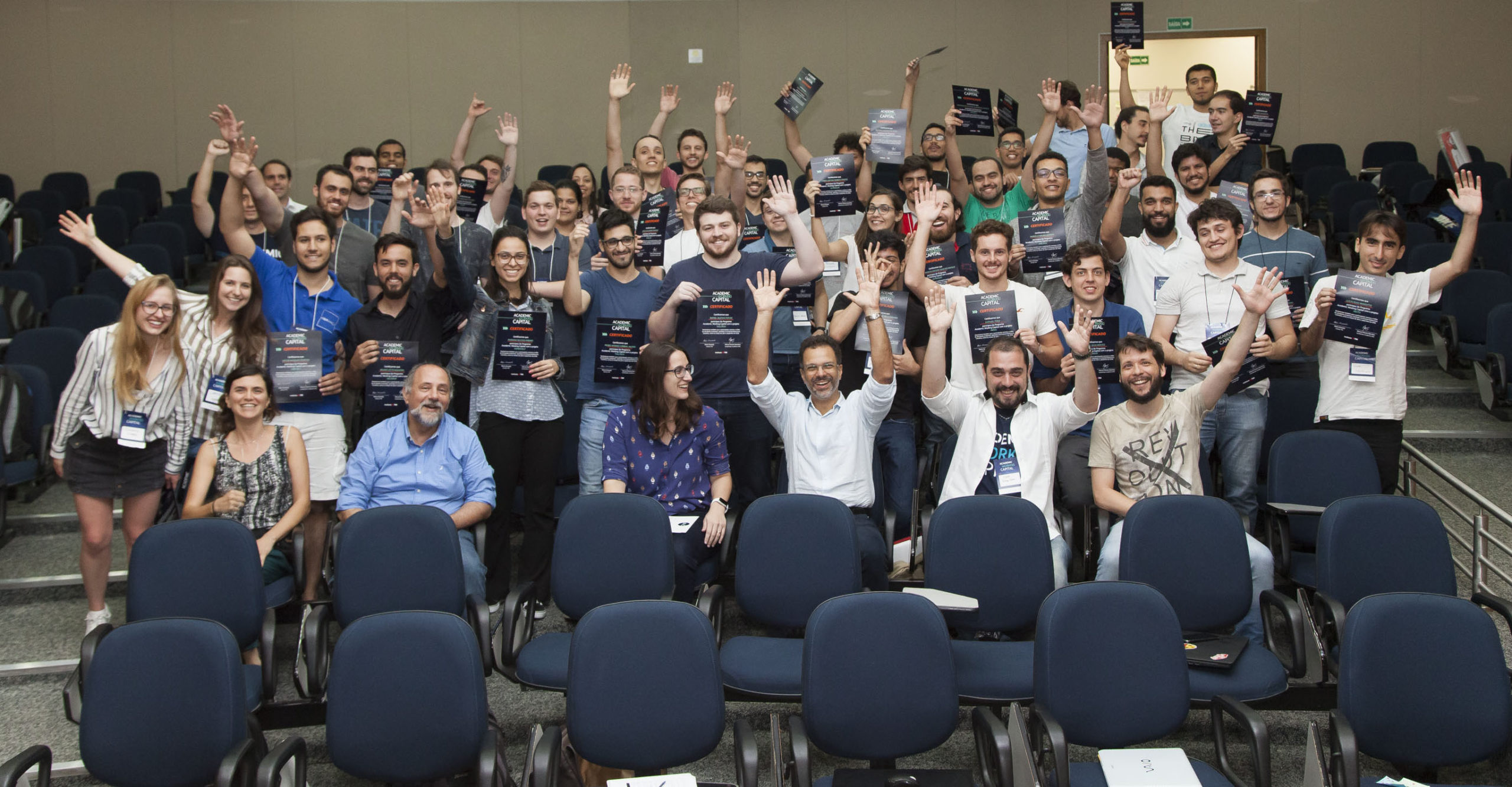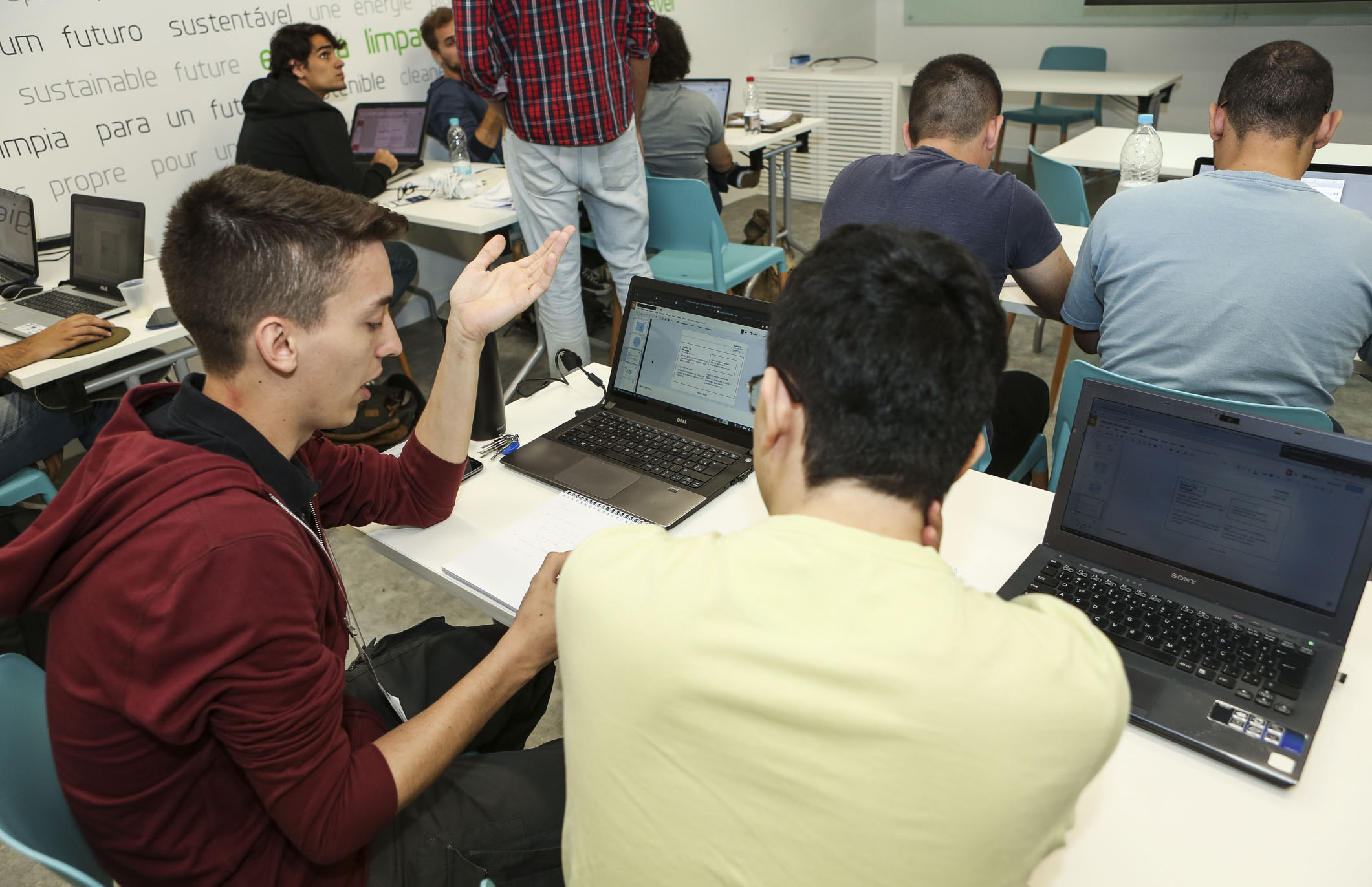
On the second day of Workshop I, students participating in the 2017 Academic Working Capital program continued working on contacts and interviews with potential clients and partners. The activities were carried out at the building of Mechanical and Naval Engineering of the Polytechnic School of the University of Sao Paulo (Poli-USP), in São Paulo (SP), with the presence of the 7 groups selected in the 1st call of AWC – the 2nd call will be opened in March.
Find out how was the first day of AWC 2017 Workshop I
Miguel Chaves, partner in the design and innovation consultancy CAOS Focado, opened the day by explaining what the user’s journey is and how this tool can help delimit the value proposition. He said it’s necessary to look for potential users, put together a strategy to address them and that there are different ways to put yourself in the customers’ shoes and understand how their experience with the product it. “By watching, you see, by talking you listen and by trying you feel and experience. When you do these steps, you put all your senses to work”, he stated. Miguel also told what personas are, how they are built and what are they for, and showed how a user’s journey is configured. The idea is that the journey and the personas contribute to the Value Proposition Canvas (VPC) and the CSD matrix (certainties, assumptions and doubts) of each group.
After learning about the virtual channels that will be used to communicate with the AWC team, the students returned to work on the slide deck – a presentation that describes the solution and the problems it seeks to solve. They were then divided into two rooms and participated in a feedback session. Each group presented their deck, already with the first sketches of the user’s journey and personas, and received feedback from the AWC team and colleagues.
The youngsters had the whole afternoon to dedicate themselves to the interviews, either face-to-face, by telephone or via Skype. AWC coordinator Diogo Dutra explains that Deck 1 (problem testing) and the Interview Deck (with the results of conversations with potential clients and users) are the focus of both Workshop I and the next three months monitoring. The goal is that, by the end of the workshop, each group has conducted at least 15 interviews.

